- Invocation of Seshat for the energetic reconstruction and integration of the Temple
- Crowning ceremonies in the passage for the ruler to rule
- The royal insignia, wealth and luxuries of Pharaonic Egypt
- A personal-environmental synergistic creation
The NFT comes as both a mandala and an audio, where the audio focuses on the crowning rite of the NFT-bearer; Throned-in-Gold.
The Luxor Temple, the royal complex and seat for the crowning events of the Pharaoh. Being the house for the one quint-essential master, the harmonically ordered temple, filled with portraying inscriptions and statues weaving time and space with the timeless and spaceless etheric teachings of Ancient Egypt and its neter.
“Neter means ‘principle of life’ , and the Temple is its house.”
Although the temple was not dedicated to a single, nor family of neteru (deities), the succession of the Theban triad of Amun, Mut and their inheriting son Khonsu be representative to the passage of succession, leading up to the royal crowning of the ruler taking place in the house of one’s master. This is the temple where the Pharaohs be seated on their throne, where initiations fulfill, encircle and bind the beginnings and ends of one’s journeys.
Through this NFT; the intention set is the synergizing interplay of this harmonically in-tune crowning; of spiritual excellence as much as the perfected nature of human endeavors and creations, resulting in a masterful display and dominion of life on its own and for oneself.
Envisioned through the lens and measurements of our modern times, meanwhile being seen through timeless senses, we’re here incorporating the harmonic perfection to one’s soul, body and mind. Highly developed on-site research work have displayed the universal as much as the human teachings of the divine soul, body and mind. Which here will be incorporated for our own temple, our own bodies and being in whole, for one’s own passage of succession leading up to the fulfilling crowning of oneself.
This creation leads up to an energetic blueprint of the Luxor Temple, itself an architectural blueprint of most excellent degree, both considering Divine Human oneself, so as the architectural wisdom of the stone walls and pillars fitting and filling space with teachings of the timeless.
The energetic blueprint, gets applied and imprinted on both its representations;
- The imprint of divine self, for one’s inner temple. Displaying the reflections of the temple.
- The imprint of divine self, for one’s environmental temple. Infusing our surrounding space with the reflections of the temple.
Both incorporations in accordance to the original representation of the Luxor Temple, set in ancient times with timeless endeavors.
With these imprints, the inner and outer world gets harmonically influenced, dancing in synergy while giving interactive life to the causes and effects expressed in life, uplifting vibrational states of the surroundings portraying one’s inner states of upliftment.
We’ll let this Hymn to Hathor, mother of Sekhmet and consort of Ra, inspire and influence our understandings of the potentialities arisen;
Hymn to Hathor
The Book of Coming Forth By Day (The Book of The Dead))
Blue-lidded daughter of dawn, golden lady of the mountains, carrier of her father’s wisdom, let an old man rest in your arms. Let him look last on love’s face, breathing love’s breath. I live in light a million years. The sun rises or sets now, it matters not. Here is ecstasy in death and certainty in life. We are Gods in the body of God, truth and love our destinies. Go then and make of the world something beautiful, set up a light in the darkness.
A few ideas of the (limitless and infinite) possibilities the temple will bring the wearer of its NFT;
- A portal to Luxor Temple and it’s wisdom and teachings (such as symbols, seasonal cycling being displayed and taught, in connection to cosmic/astrological realizations and integrations.
- A passage of succession to the crowning of oneself (micro as macro, singular as plural).
- A harmonic interweaving of soul, body and mind, synergistically interweaving the inner with the outer in mutual excellence.
- A harmonious awakening of the five bodies, through the tap in and connection to the quint-element, the essence of one’s master being housed in one’s temple.
- A conceptual understanding of sacred teachings and the wisdom of empty space, opening up and connecting new cognitive, energetic and etheric pathways while reawakening dormant innate ancestral knowledge seated within.
- A personal adytum, as well as the connection to the adytum of Luxor. Incapsuled in luxuries decorations and singing harmonies, and too with the sacred shrines (energetic concept of sarcophaguses/housing for the neteru (deities).
(In the temple, only the Pharaoh (oneself) had access to the adytum, a communicatory room with the neteru through the sacred shrines).
The Temple of Luxor, is according to tradition accompanied with the welcoming invocation of Seshat, daughter of Thoth and Ma’at and Goddess of Scripting, Mathematics, Building, Planning and Architecture, as well as Astronomy and Astrology.
Following with the temple, is the master architect Seshat; here invoked to plan, build and integrate one’s own house for one’s master. Seshat, as well given the epithet 'She Who Inscribes Hymns and Prayers To The Heart of The People", will also do just so; inscribed and applied to ones own walls and pillars, being the projection of ones temples reflections.
- ’Stretching the Cord’ ceremony, invoking Seshat for measurements of architectural profile, both practical/functional but also incorporating it’s symbolic meaning.
- The seed stone of Min, inscribed by Seshat to infuse the raised temple with the seeds of wisdom from it’s preceeding temple, now being the foundation for the new
A relief from the back of the throne of a seated statue of Ramesses II depicting the Egyptian goddess of writing, Seshat. 13th century BCE, Luxor Temple, Egypt
Also included be the embodiment of associating emblems, insignia, treasuries, jewelleries and the abundant wealth of the Royal Pharaonic Kingdoms represented in and by Luxor.
Royal Emblems of Pharaonic Egypt
An energetic reconstruction of ancient Egyptian emblems of the royal temple. For the portaled owners of the Luxor-NFT to be crowned on throne, in true spirit of ancient Egypt. (click on the text for more info)
Royal Crowns of Pharaonic Egypt
Hedjet (the white crown of Upper Egypt)
The white and tall hedjet crown, was worn by rulers of Upper Egypt, protected by mother-vulture Nekhbet.Deshret (the red crown of Lower Egypt):
The red crown was worn by rulers of Lower Egypt, the Nile delta-area of the north, protected by the raising cobra, Wadjet, who is often depicted on the forehead of this ruling crown.Pschent (the double crown of unified Egypt)
The pschnet, combining the red crown of lower egypt and the white crown of upper egypt, symbolizes the unification of the two lands of Egypt, under one and the same ruler.
Khepresh (the blue crown)
Khepresh, often worn by the ruler when going into battle, grew it significance over time, until it eventually got adopted as the main crown of the pharaoh, by the later stage of the 18th dynasty, being portrayed on prominent pharaohs such as Amenhotep III, Akhenaten and Tutankhamun.
Nemes
The nemes headdress was, although worn by rulers, not an official royal crown. The nemes, made of fabrics falling down the back of the head behind the shoulders, and two drapers falling in front of the shoulders, is nowadays heavily associated with Tutankhamun.
Left: Hatshepsut; portrayed as a sphinx while she is wearing the nemes headdress*
Right: Tutankhamun with the nemes headdressRoyal Scepters of Pharaonic Egypt
Was Scepter
The iconic was scepter, a symbol for power, authority and dominion. Held by gods and kings, with examples found dating all the way back to the first dynasty.The scepter, branching off to two branches before setting on ground, holds authority to the holder; the leader being the uniting and mediating discernment between the two paths.
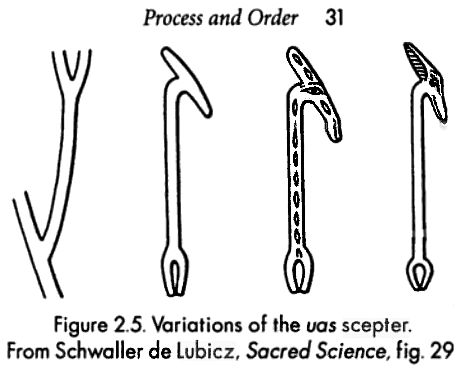
From the Pyramid Texts:
“Sit on the throne of Osiris, your Ames Scepter in your hand, so that you give orders to the living, your Lotus Scepter in your other hand, so that you give orders to those whose seats are hidden (the dead).”The Ames Scepter (The Royal Mace)
Originally a functional weapon, which with time grew in symbolic value, symbolizing the might of the pharaoh. The bearer of the ames scepter was believed to confer invincibility, while crushing ones enemies.Pharaoh Thutmose III claimed:
“It was my mace which felled the Asiatics, it was my Ames scepter that struck the Nine Bows” (the traditional enemies of Egypt)"Wadj Scepter (The Lotus Scepter)
The wadj scepter, also known as the ‘sekhem scepter’, is closely associated with Sekhmet but also held by pharaohs, and high officials. The scepter, symbolizing the vigor and power derived from it’s name and association with the lioness goddess.It is said, that the bearer of the wadj scepter, could commute and command with the dead. Therefore, the wadj scepter was used in rites for the deceased, as offerings for the ka before Anubis and Osiris.
Royal Insignia: The Crook and the Flail of Pharaonic Egypt
The heqa and nekhakha, most prominent emblems of the royals and of the deities of ancient Egypt, despite it’s humble display. On their own, together, and synthesized in their crossing. Historians are still not in line and agreement of the symbolic meanings behinds these emblems. Within this energetic approach, we tap right into the essential symbolic language and it’s energetic transmission, without the lenses of our times.
In genera and simplified, the interaction of the crook and the flail, is of royal significance, where its synthesized value displays the balancing act of encouragement and to restrain the shepherd’s flock, provided by the ruler.
Tutankhamun’s sacrophagus, displaying the nemes headdress and the symbolic crossing of the heqa and the nekhakhaHeqa (The Crook)
The heqa scepter, closely associated with the king and also known as ‘the shepherd’s crook’, signifies the charged duty of the pharaoh to rule.The crook was also used as an hieroglyph, to phrase ‘to rule’ or ‘ruler’. The heqa scepter was frquently held by Osiris, being one of his emblems together with the nekhakha (the flail), forming a very usual crossing for the royal ancient Egypt.
Nekhakha (The Flail):
The nekhakha, with practical function to goad livestock, is too a most-significant royal symbol. First a symbol of the fertility of Osiris, but later attributed by the pharaoh and crossed with the heqa, to become the pharaonic insignia. With the heqa displaying authority and rulership, the nekhakha, a symbol for fertility and encouragement, aspects of the bull, opposes the more restraining symbolic value of heqa, the crook.The flail was also used in agriculture, as a threshing tool to separate grains from husk, with symbolic qualities of the ruler’s discernment, to sift and siever.
Gods portrayed with the flail raised (with the right arm), was of most significance of fertility and masculine sexuality, also aspects contributed to the bull. The bull was often portrayed with a flail on its back.
“The only extant pharaonic examples of both the crook and flail come from the Tomb of Tutankhamun. Their staffs are made of heavy bronze covered with alternating stripes of blue glass, obsidian and gold, while the flail’s beads are made of gilded wood.”
nekhakha (flail), heqa (crook) and the wadj scepterRoyal Ribbons of Pharaonic Egypt
The Bull’s Tail
Adopted at a very early stage, alrady in the pre-dynastic Egypt, the ribbon hanging from the back of the pharaoh, was also in relation to the bull. This emblem symbolized the significant strength and procreative powers of the ruler, who also wore epithets such as “Strong Bull” and “Mighty Bull”.
The Royal Aprons of Pharaonic Egypt
Extract from ‘Temple of Man, pg. 354)’
Geometric Study of the Royal Apron of Pharaonic Egypt
"…The royal apron is a magnificent illustration that helps us to understand what our word symbol, so imperfect, wishes to express…
…the geometry of the royal apron… represents a living, moving geometry. Its shifting on the coordinates (the canevas) modifies, by illustrating them, the values of the numbers by connecting these different values to each other. The typical form is the transformation of the ratio 3:4 (hypotenuse 5) and into 1: √ Φ (hypotenuse Φ)"
Extract from ‘Temple of Man, pg. 354)’
Jewelleries of Pharaonic Egypt
Energetic profile of Jewelleries and Wealth of Pharaonic Egypt; energetically incorporated and integrated, essentially and conceptually (click for more info)
In 1922, archaelogist Howard Carter found the untouched tomb of Tutankhamun, located in the Valley of the Kings in Luxor. A unique happening, being able to document the treasuries of Pharaonic Egypt before any massacring plundering that had plagued other sites of the ancients treasures.
Some of the treasures were clearly made for King Tut, while some were obviously crafts of the pasts that had been passed through the proceeding reigns of Egypt.
This unique happening, has lead to a lot of ancient Egypts treasuries are being associated with Tutankhamun, but one can rest assured that the golden wealth of ancient Egypt, has been prominently displayed and appreciated throughout all the Egyptian dynasties and kingdoms.
The Brooch of Tutankhamun
The Brooch of Tutankhamun, with a 26+ million years old piece of Libyan Desert Glass
Description on the Brooch of Tutankhamun
“When Carter entered the tomb for the very first time and asked if he could see anything, he famously responded: ”Yes, wonderful things.” Tutankhamen’s burial chambers were filled with statues made of ivory, items made of gold and precious jewelry. In a treasure chest, Carter discovered a large pectoral, a breastplate decorated with gold, silver, various precious jewels and a strange gemstone, that the pharao wears across his chest. The breastplate shows the god Ra as a winged scarab, made from a yellow-green gemstone, carrying the celestial bark with the Sun and the Moon into the sky.”
“In 1998, Italian mineralogist Vincenzo de Michele analyzed the optical properties of the gemstone in King Tut’s breastplate and confirmed that it was indeed a piece of Libyan Desert Silica Glass, as the material is nowadays called. Libyan Desert Glass consists of almost pure silicon-dioxide, like quartz, but its crystal structure is different. It also contains traces of unusual elements, like iron, nickel, chromium, cobalt and iridium. It is among the rarest minerals on Earth, as it is found only in the Great Sand Sea north of the Gilf Kebir Plateau, one of the most remote and desolate areas in the Libyan Desert.”
“…However, it remains unclear where the impact crater associated with the Lybian Desert Glass is located, even if radiometric dating suggests that the impact happened around 28 to 26 million years ago.”
“…It seems that the piece used for the scarab was discovered by chance or maybe an exotic gift. It remains the only known example where an Egyptian artist used this mysterious material.”
The Diadem of Tutankhamun
Description on the Diadem of Tutankhamun
Here is the description of Tutankhamun’s diadem given by Howard Carter, who discovered Tutankhamun’s tomb.
… a magnificent diadem. completely encircling the king’s head–an object of extreme beauty and of simple fillet type. It comprises a richly ornamented gold ribbon of contiguous circles of carnelian, having minute gold bosses affixed to their centres, and… bordered with a lapis lazuli and torquoise coloored glass pattern… with, at the back, a floral and disk-shaped bow… inlaid with malachite and sardonyx… from which hang two ribbon-like gold appendages similarly decorated. On both sides of the fillet are appendages of a like but nroader kind, and having a massive pendant uraeus attached to their front margins [which encircle the ears]. The back pendant ribbons, and the side appendages… are hinged to the fillet, and were thus adaptable to the weig over which the diadem was worn.
The insignia of northern and southern sovereignty of this diadem… were found lower down, separate, and on the right and leght thighs respectively. and as the king lay within the sacrophagus, east and west–his head towards the west–the uraeus of Buto being on the left side [therefore to the north] and the vulture of Nekhebet to the right [at the south], the signia took their coorect geographical position, as did also those emblems on the coffins. Both of these golden emblems of royalty have grooved fastenings on the back, into which fit corresponding T-shaped tongues upon the diadem. They are thus novable and could be fitted on to whatever crown the king might have worn.
The golden Nekhebet, with obsidian eyees… is a remarkable example of the fine metal-work. The shape of the head [and its particularities] make it quite clear that the bird, representing te Upper Egpytian goddess, was the Vultur auricularis…
This diadem must have had a very early origin, inasmuch as it seems to have derived its name Seshnen and the form from the circlet-ribbon worn on the by men and women of all classes, as far back as the Old Kingdom, some 1500 years before the New Empire. Moreover, there is evidence enough to show that we may consider it to be among ancient Egyptian funerary appurtenances, since it is to be found mentioned among the coffin texts of the Middle Kingdom, and diadems of this kind are known to have been found thrice in connection with royal burials once analagous, but not identical, at Lahun, among the jewellery discovered by Professor Sir William Flinders Petrie of a Princess Sat-hathor-unmut of the Middle Kingdom; and twice in the royal Theban pyramid-tombs of the Seventeenth Dynasty–one upon a burial of an Antef, the other mentioned in connection with the Ancient Egyptian plunderers of the burial of Sebek-em-saf.
It is again appropriate to observe that the uraeus carries the sign of Neith on its chest, and by its undulations the serpent divides the brain and continues to play its dualizing role.
The Khepera-Pectoral of Tutankhamun
Tutankhamun; Neb-Kheperu-Re, The Lord of Worldly Manifestation, beloved of Sekhmet: Crystal-Scarab Pectoral, Reconstructed by Khnum, Written in the Flames of Sekhmet
Khnum, Creator of all Bodies, restructures and imprints the pectoral to it’s interactive energy structure. Khnum, with his spiraling horns, integrates negentropic interaction to it’s living body, He is the sculptor of us all, after all. Before breathing life into his craft, Seshat inscribes the most beautiful hymns and prayers of original source, which Sekhmet transforms into fruition. A process continuously ongoing, creating shine of what’s been the old. The scarab takes flight in the breeze released from Khnums lungs. One can direct the scarab to one wherever, and let it may rest on your upper chest, or spread the wings on One’s back. The morning hug, enfolds all curse which go bust, encircled for the new buzz. Tell it wishes of beginnings and dreams of tomorrow, blessings and greets of the now, dung will be nurture for the seeds. Make it spread and fly by breathing light to the flight. Sekhmet ignite the scarab kite. The living quasi-crystal scarab fly with One, in sight and might. Rolling the Sun’s red morning Light in One’s foresight, brith goes ignite from the dark night. Smite and blight go light so bright with height of might, when scarab’s buzzing night ignite. With colors of the rainbow, and shine from Her Eye-sight.
The Falcon-Pectorals of Tutankhamun
The Ankh-Mirror of Tutankhamun
The ankh-mirror of Tutankhamun is here energetically approached for it’s mirroring and balancing symbolic value. Inspired by ‘The Mirror NFT’, the mirror, when intention is set, will highlight one shadows and inertia, to bring the flow of life-force and the balancing resolution incorporated in the ankh-symbol.Alabaster Jar of Tutankhamun
This is an alabaster jar of Tutankhamun, symbolizing the unification of Lower and Upper Egypt, by intention utilized energetically as the container for ones daily replenishing intake of unifying liquids.Gold Bangle of Tutankhamun
A gold bangle of Tutankhamun, encrusted with lapis lazuli.
Description on the Gold Bangle of Tutankhamun
The small circumference of this bracelet suggests that it was made for Tutankhamun when he was a child. Nevertheless, it agrees very closely in size with the bracelets that were placed on the forearms of his mummy and were though by Carter to have been worn by the king in his lifetime. It was found in the cartouche-shaped box that contained several other objects, including the fine pair of earrings which also seem to have been personal possessions.
The bracelet’s central feature is a gold openwork scarab encrusted with lapis lazuli. On each side is a narrow raised band composed of gold, lapis lazuli, turquoise, quartz, and carnelian inlay, bordered on the inner edge with gold granules. The bands are continued on the back of the hoop. Two identical botanical ornaments flank the scarab, each consisting of a mandrake fruit supported by two poppy buds, with gold marguerites filling the interstices between the stems of the mandrake and the buds. The yellow and green colors of the mandrakes are painted at the back of the translucent quartz inlay. Both the hinge and the fastening are made of interlocking cylindrical teeth held together by long gold pins, the hinge pin being fixed and the other movable."
The Sacrophagus of Tutankhamun
“Die to come alive” in your self-ruling strive, within one’s sacrophagus. A beautiful place to rest and put your dwellings to test for the ruler of self’s quest. Harmonically balanced, with royal elegance of excellence supreme. With the royal insignia crossing to and through one’s heart-space.The Mask of Tutankhamun
The Eye Mask of Lapis Lazuli
It is said that Cleopatra used the finest grains of lapis lazuli around her eyes as a beauty routine. The grained crystal, can also be found around the eyes of Tutankhamun. Lapis Lazuli, was strongly connected to the starry heavens with in it’s navy-colored gold-speckled appearance. The crystal was also associated with Ptah, and his dreaming of the universe turned into creation, an epithet shared with Tutankhamun, titled “Lord of Earthly Manifestations”.The Restimg Eye Mask of Starry Heavens
Summary
Lapis Lazuli, in ancient Egypt connected to the Heaven, as much as Ptah, consort of Sekhmet. From it’s many forms and for it’s many uses, a color reminiscnet of a starry night sky with it’s gold-speckled indigo-navy.
One of it’s less known applications, which might be cause of its luxurious nature, are those of Cleopatra. Said to, on daily routine, spread the finest grains of lapis lazuli around her eyes. Maybe so, by Tutankhamun to, as lapis lazuli was spreaded and drawn around the eyes of his sacrophagus. One can only imagine the piercing beauty of the shade, as much as it’s harmonizing healing powers and beauty of constellating core structure, that of the Heaven, Nut Herself. That of Ptah, the Divine Creator,
conosrt of Sekhmet-Bast’Approached energetically, one can just by simple thought with set intention, wear this Eye Mask. With eyes mediating between reflect and project of the starry night skies, and to speak the divine word.


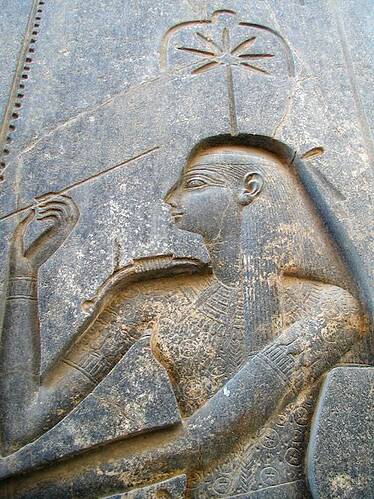

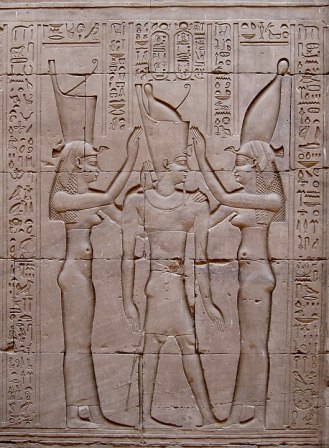



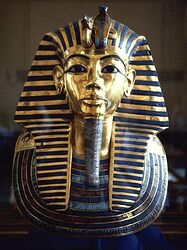

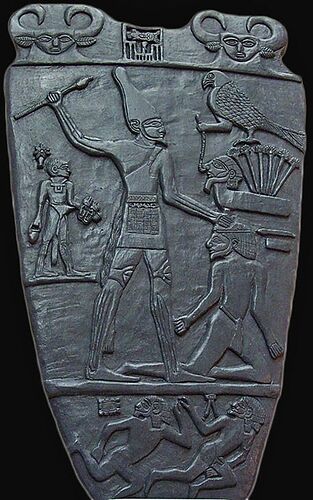
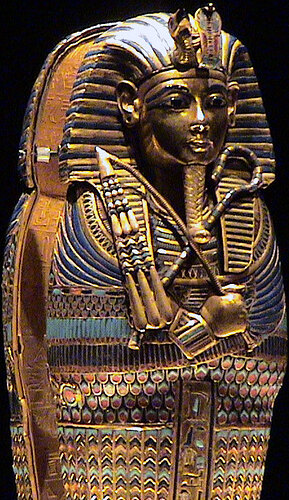


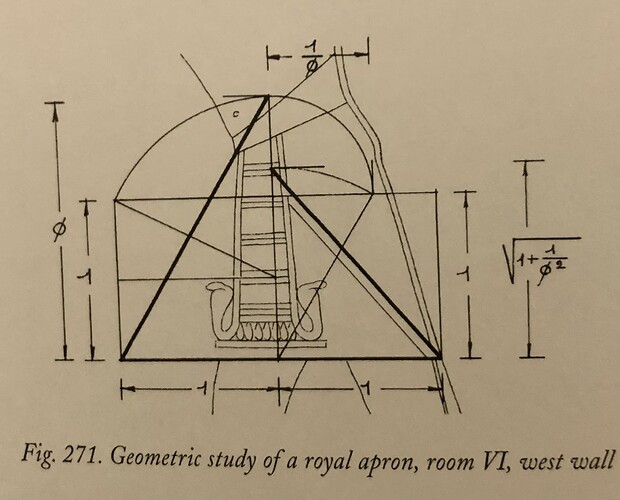
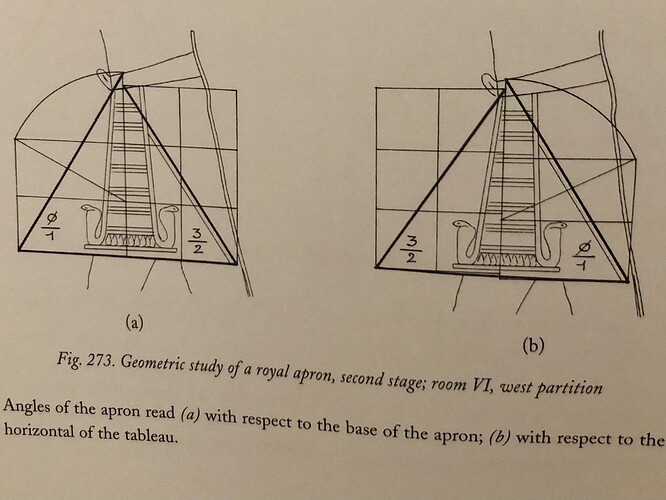
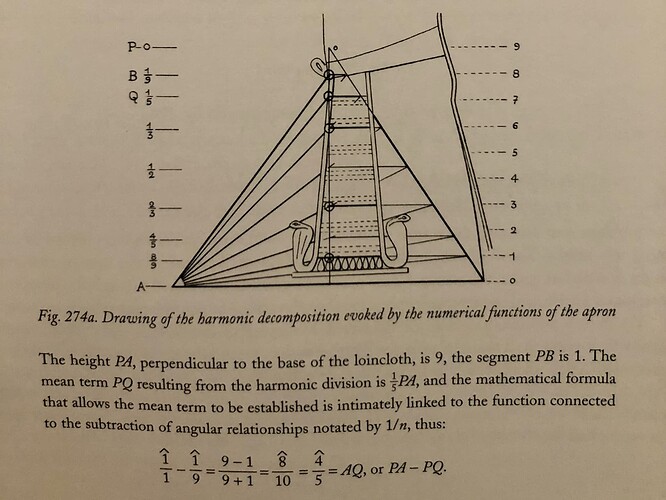



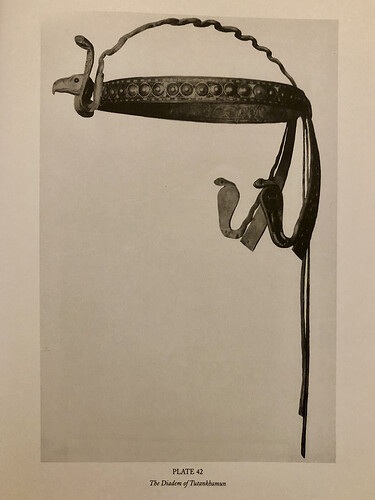

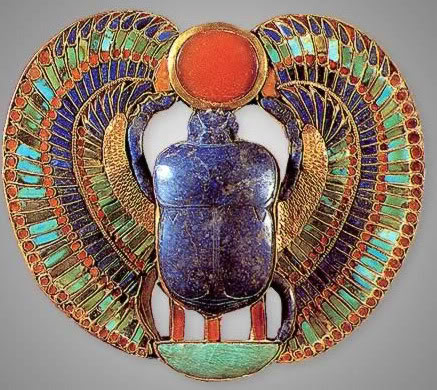
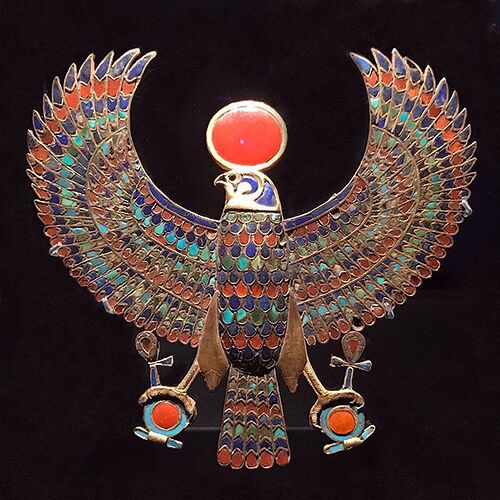
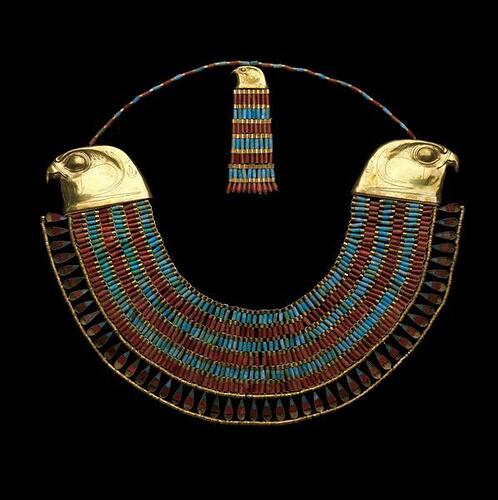
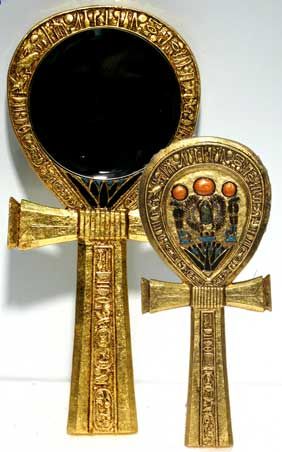
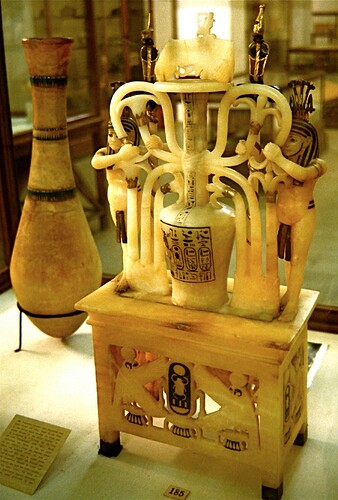
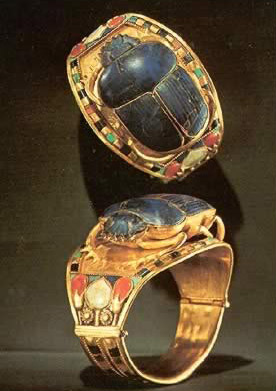
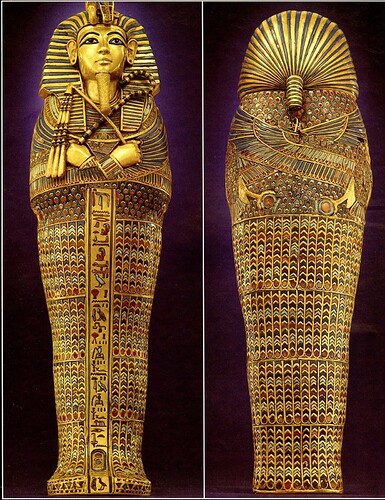


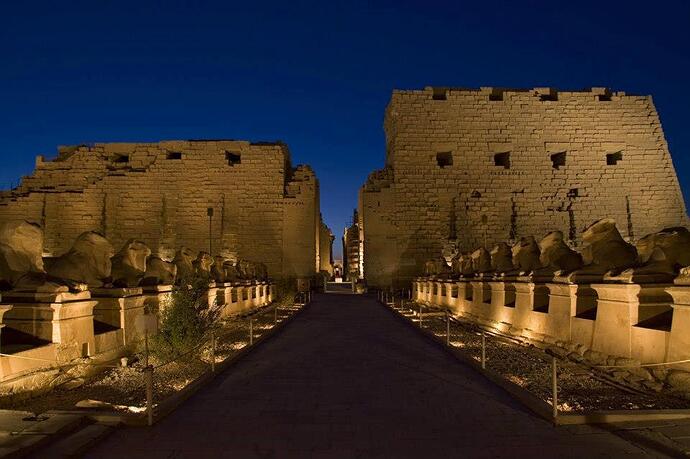
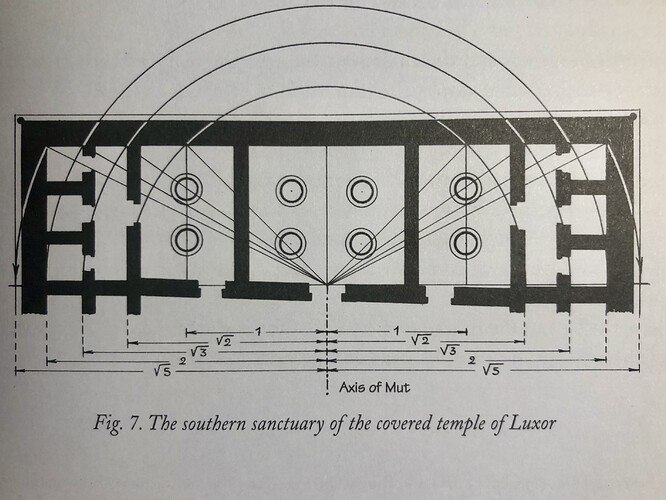

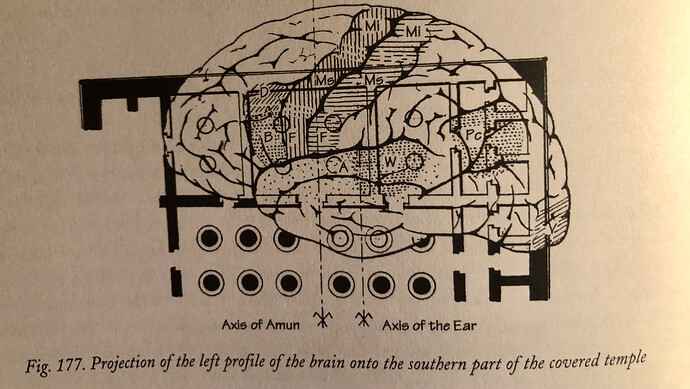
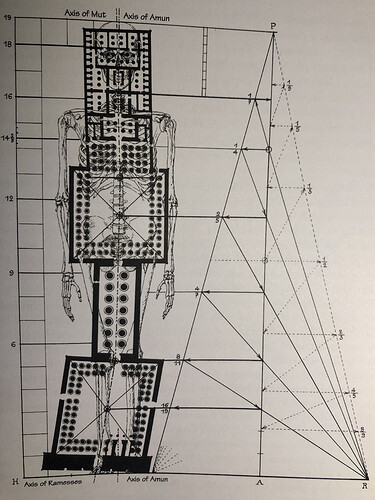


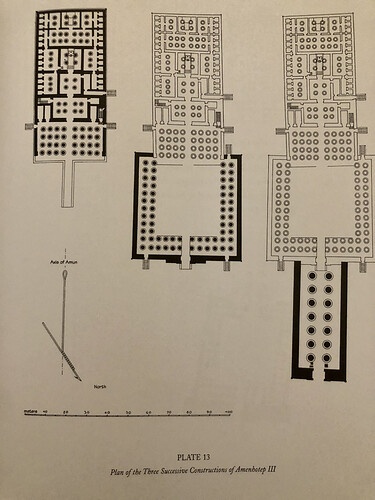
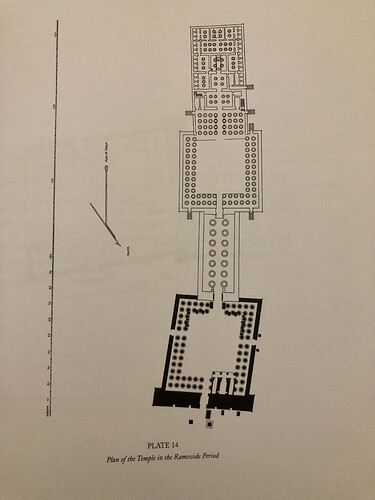

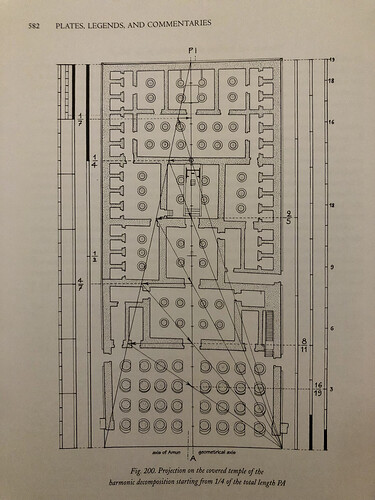
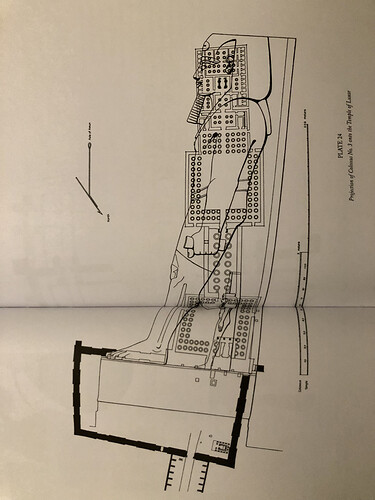
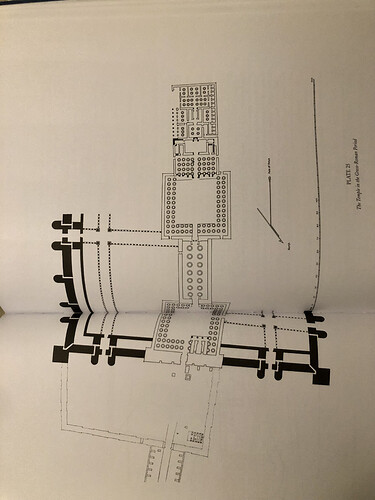
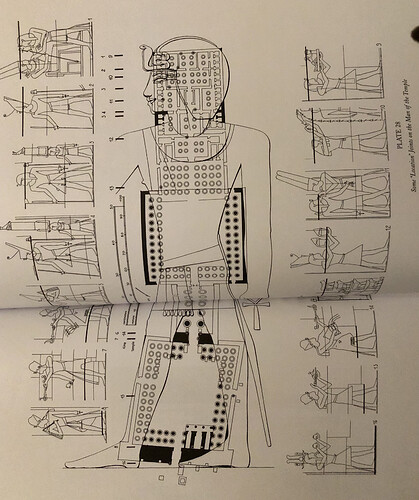

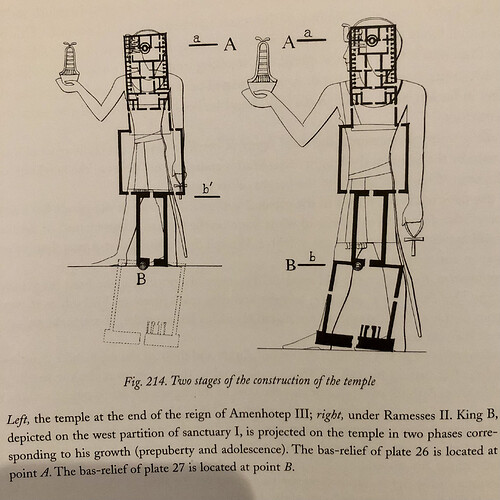
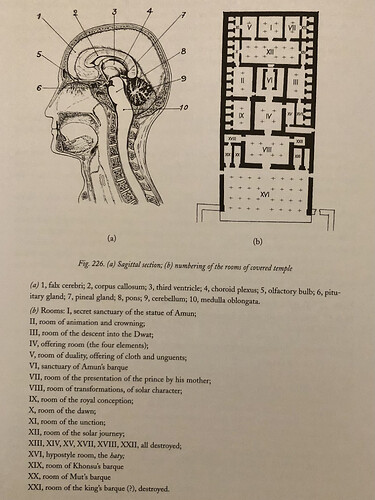
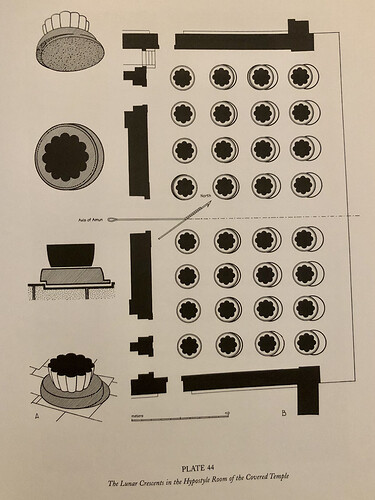
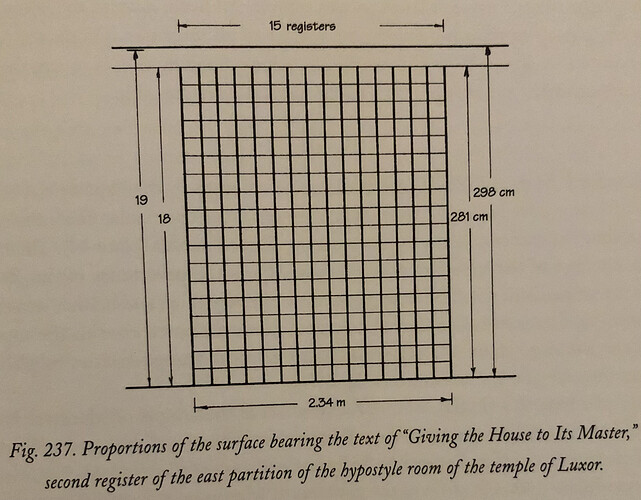
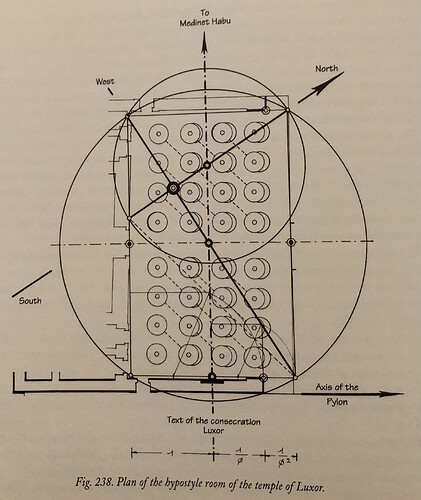
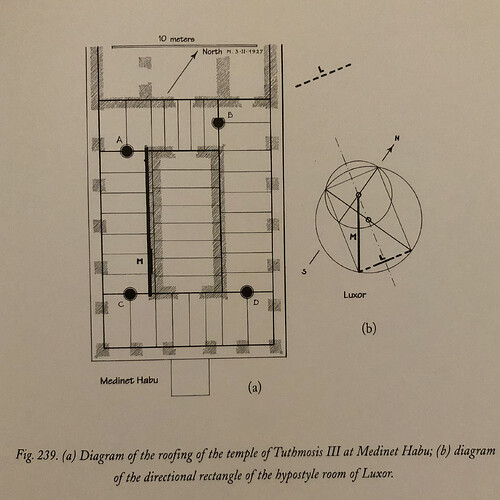



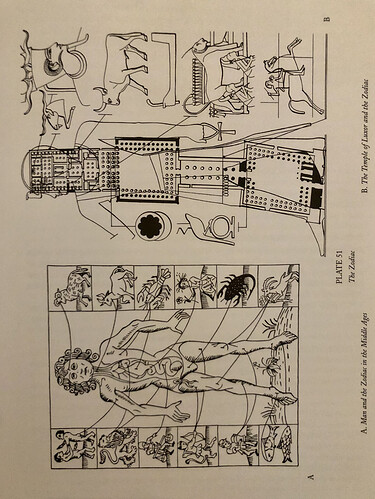
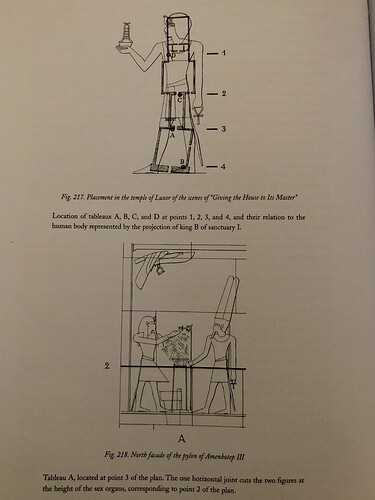
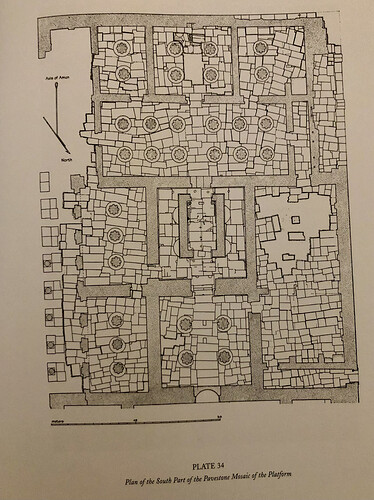
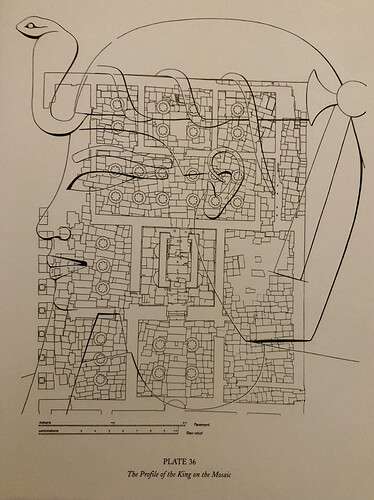
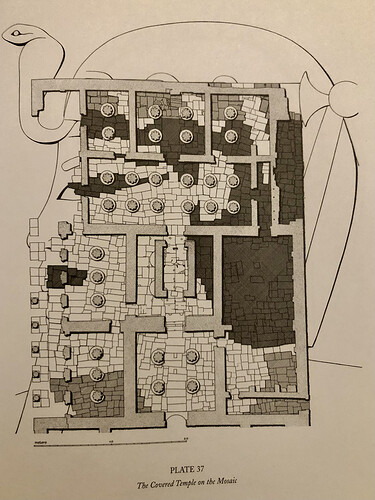


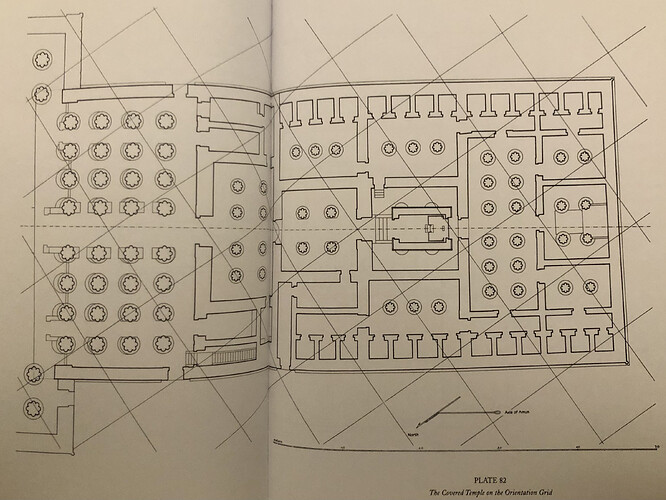
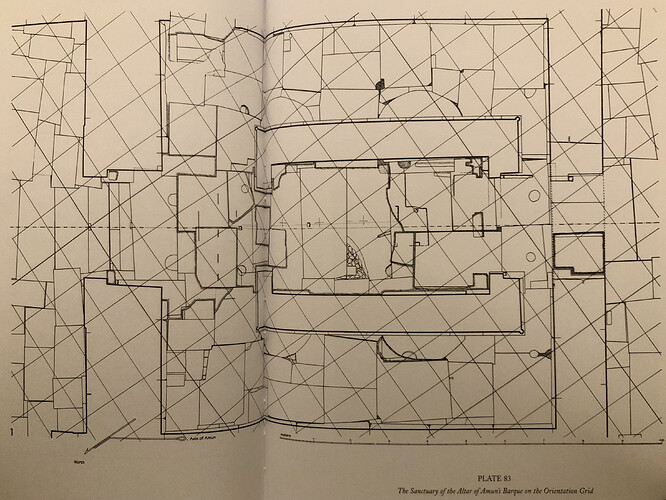

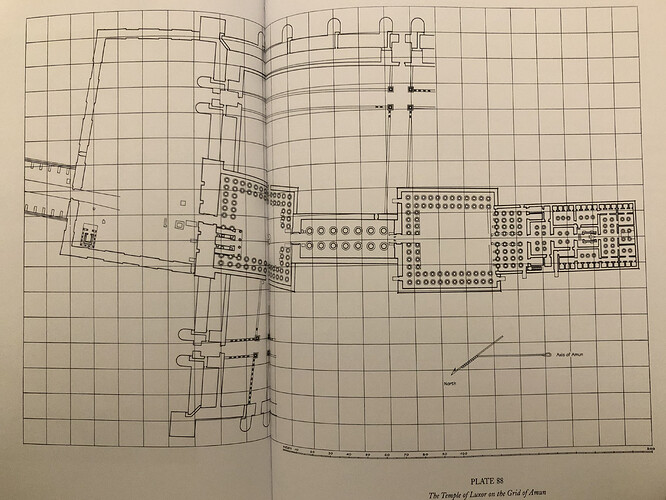
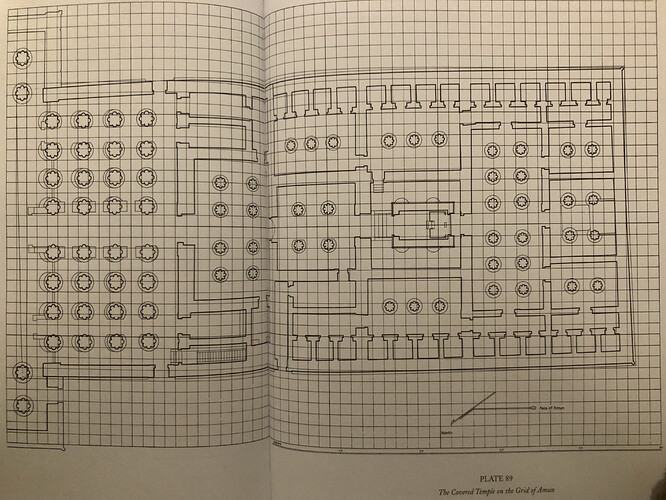
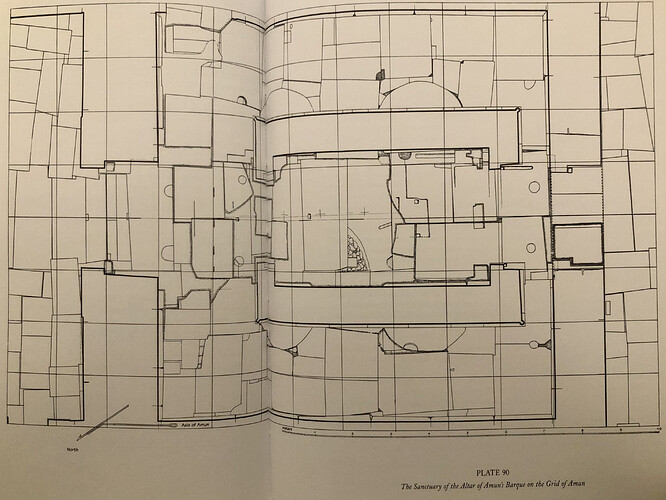
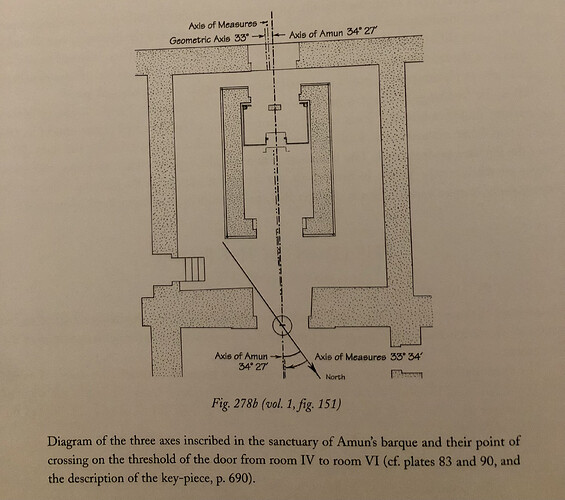
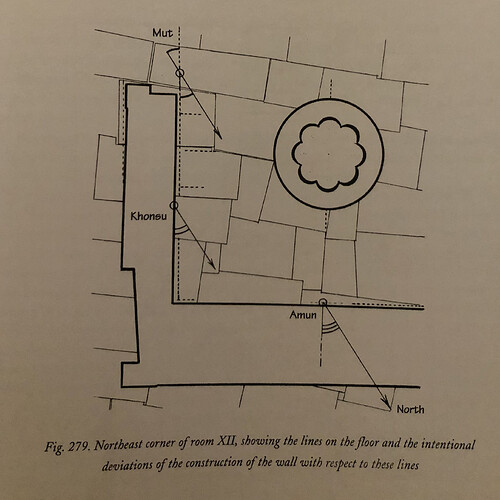
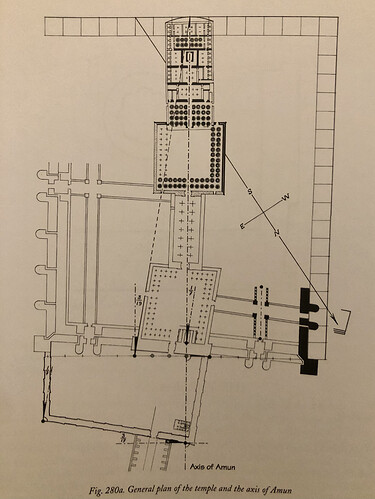

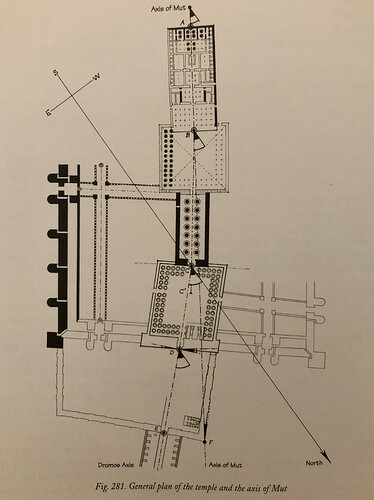
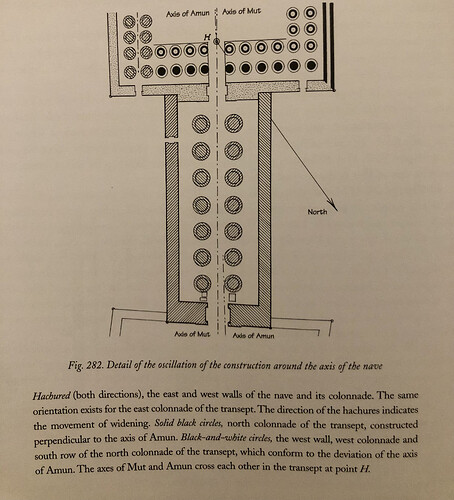
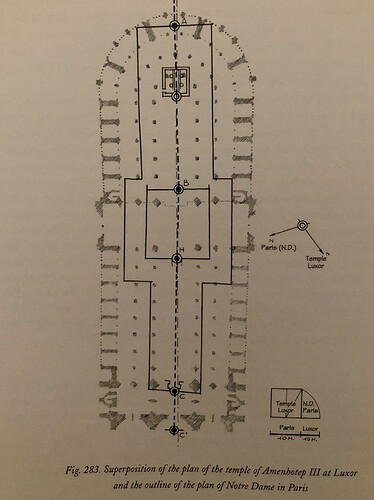


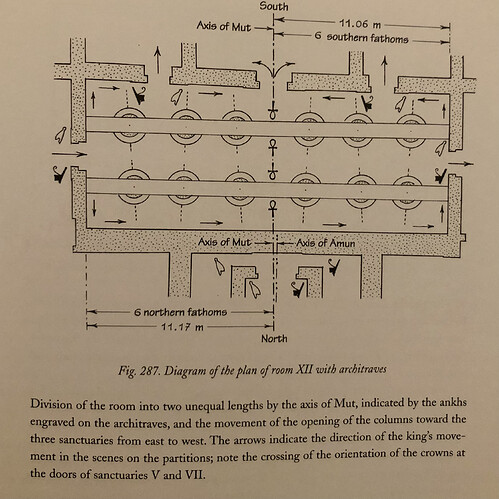
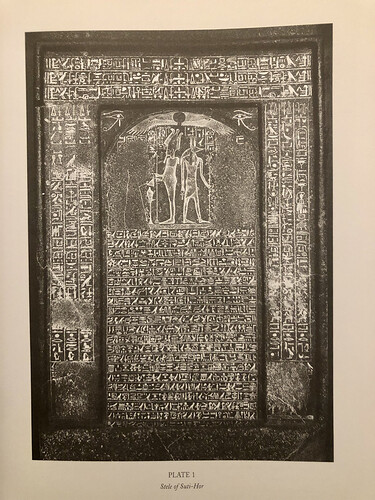

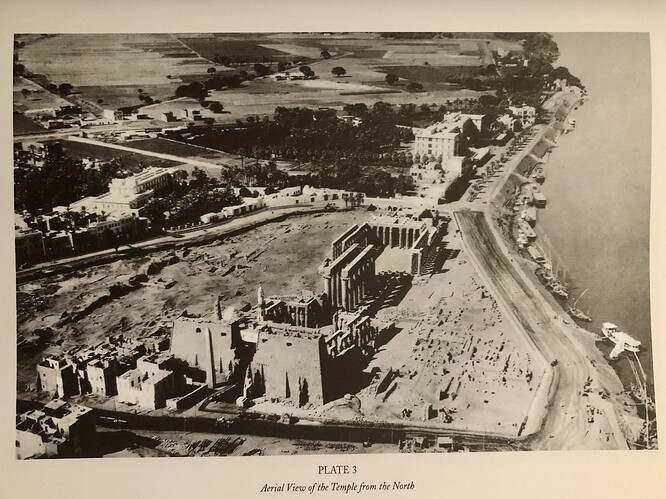
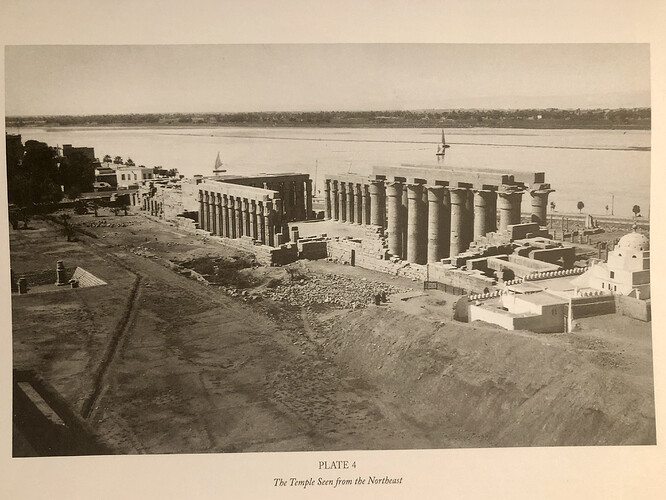
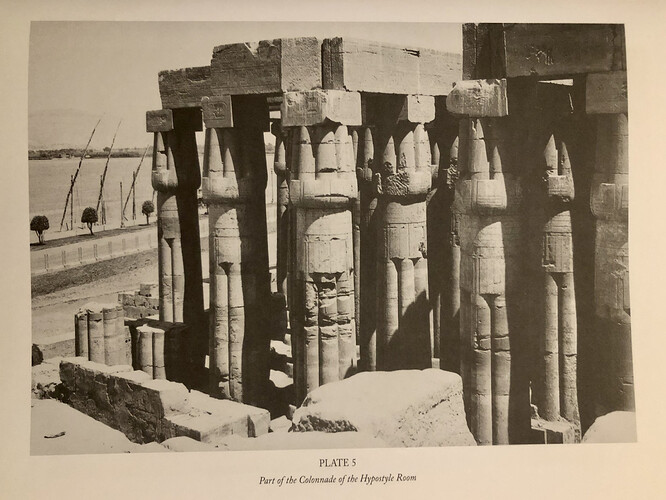

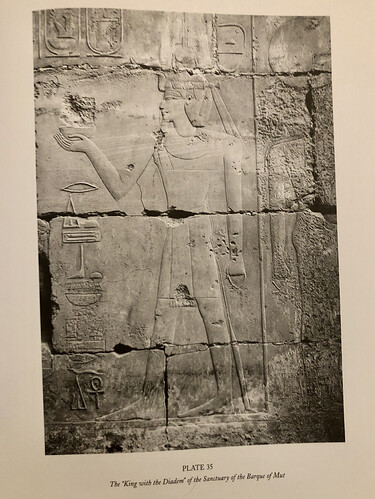
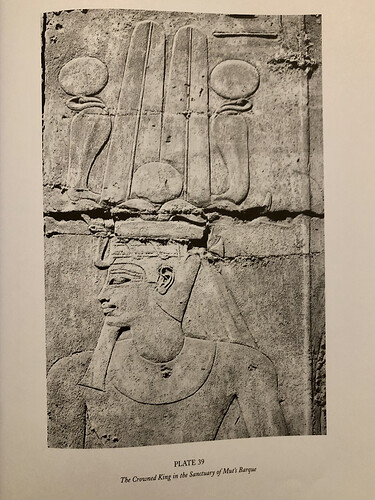
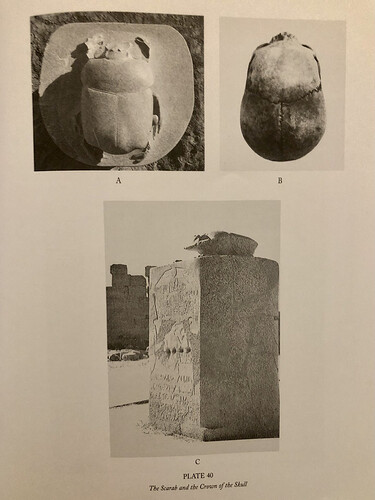


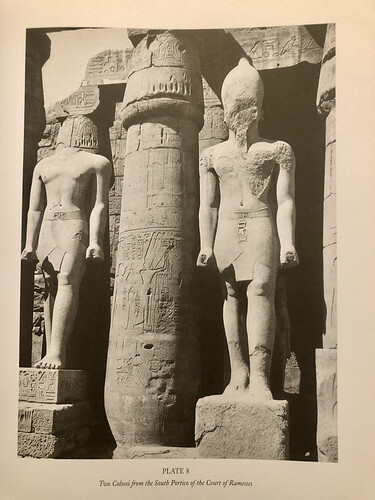
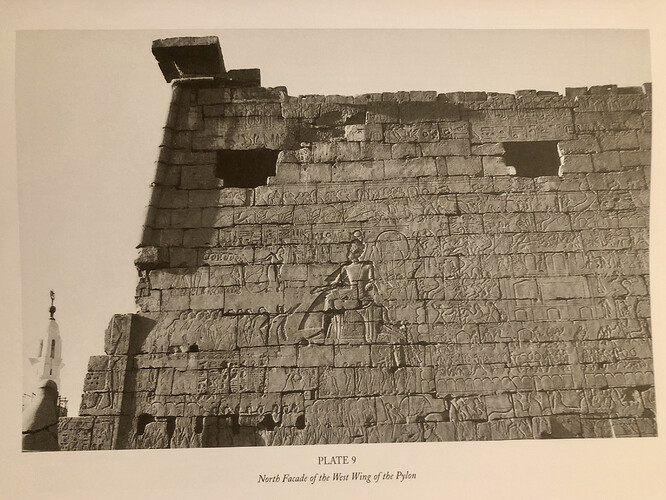
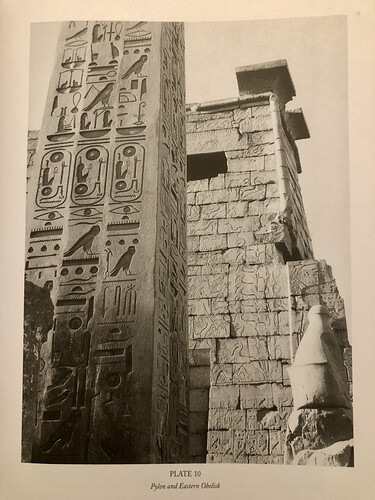
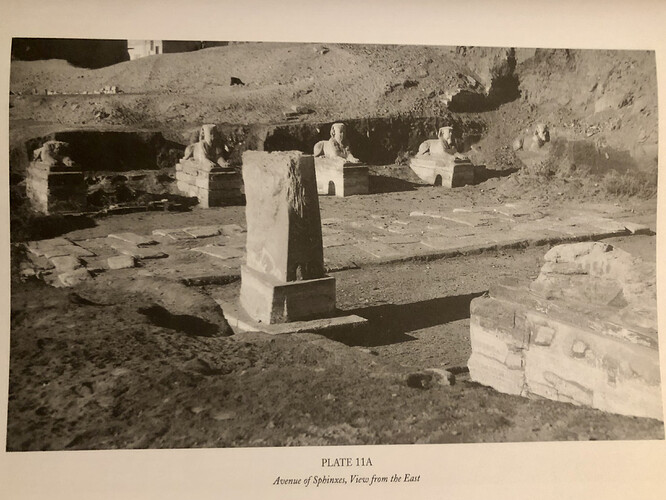
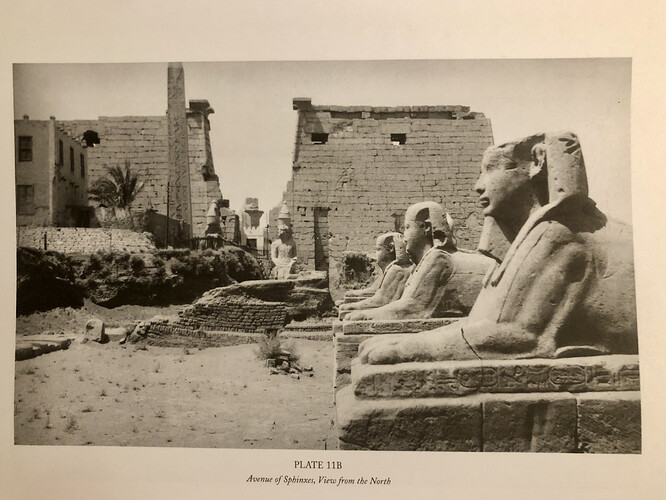

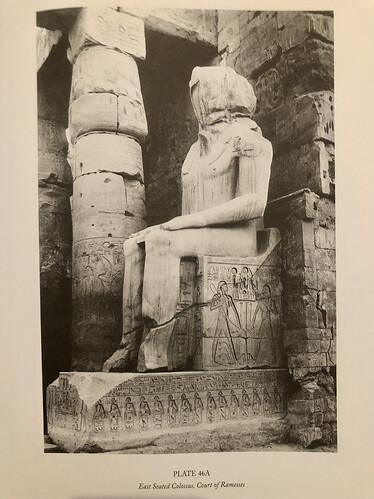


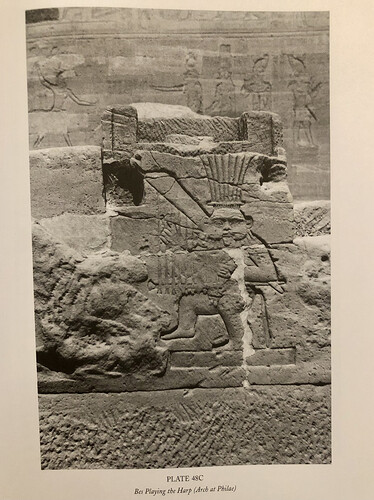
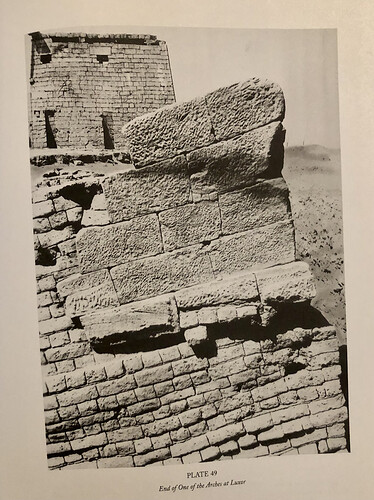
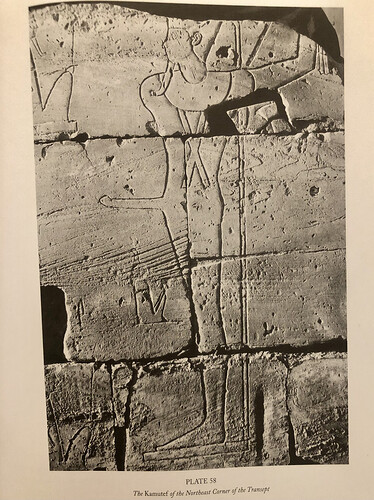
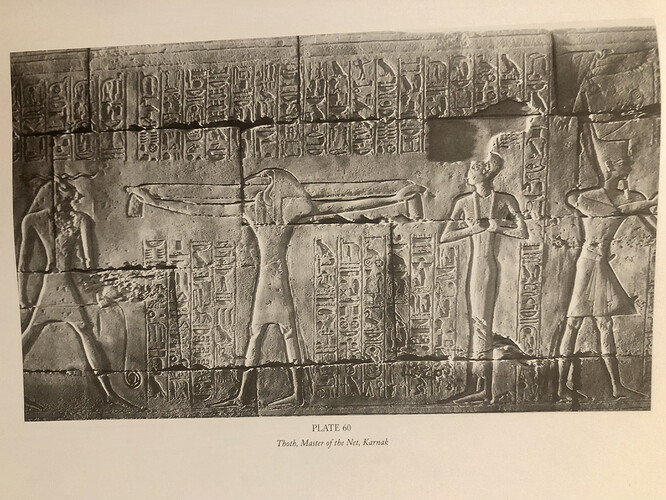
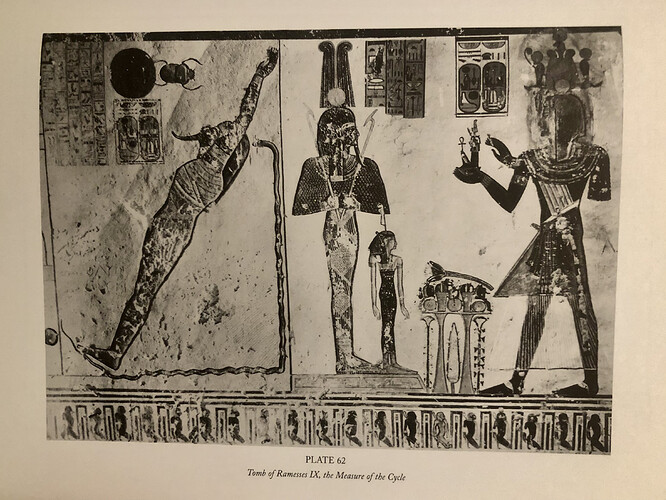
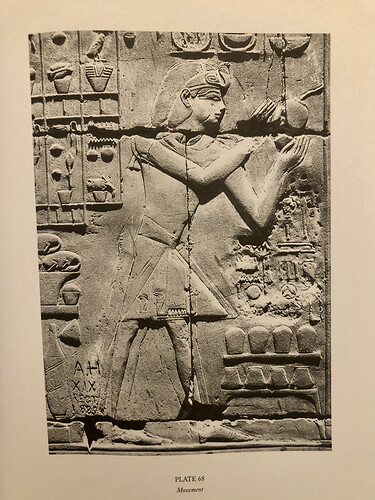
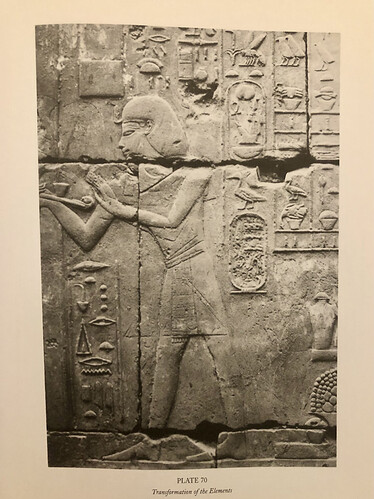
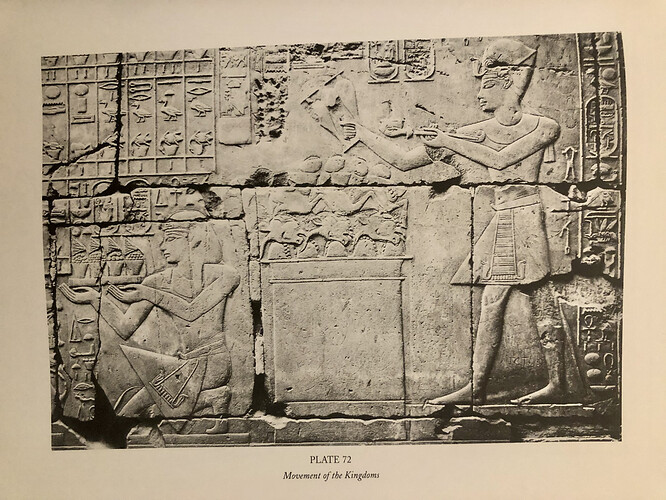
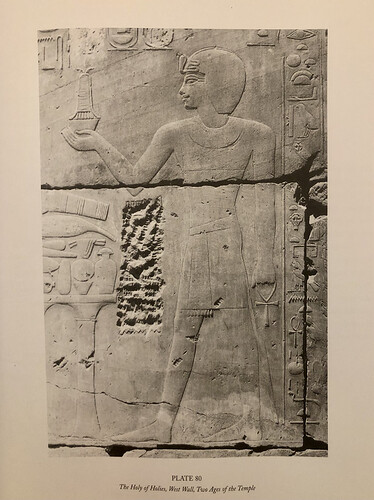


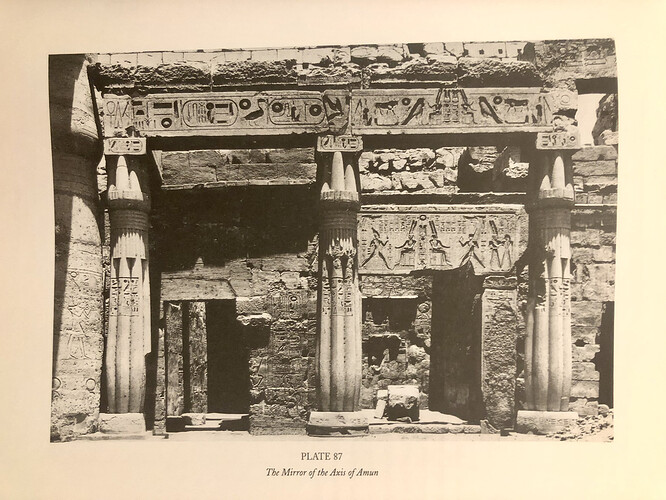
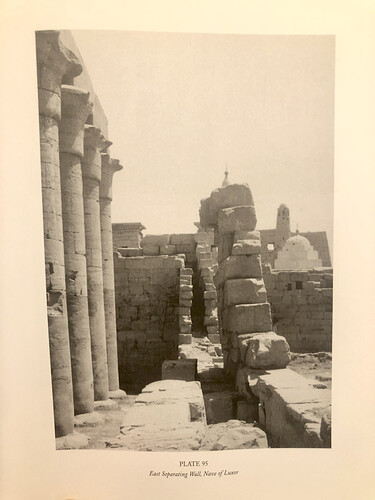
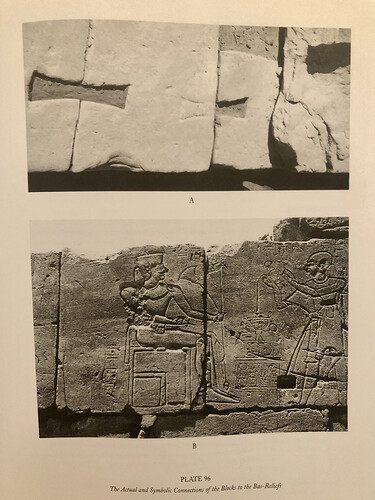
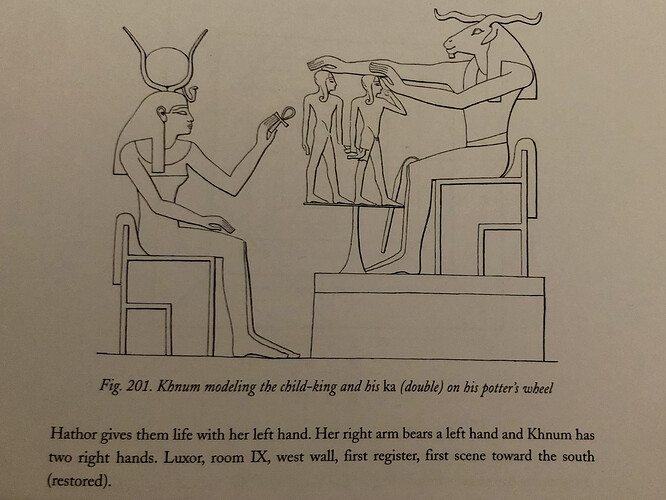

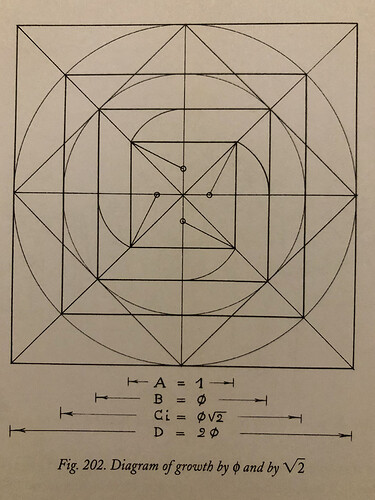

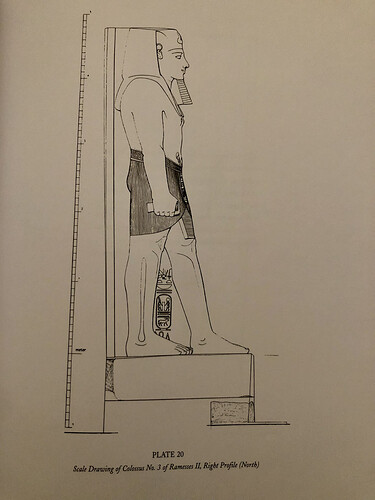
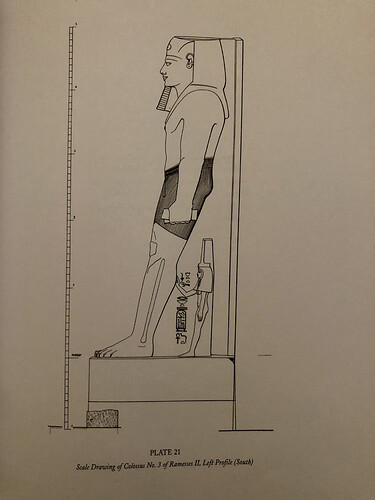


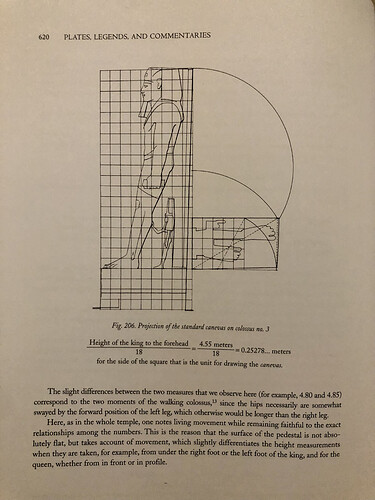
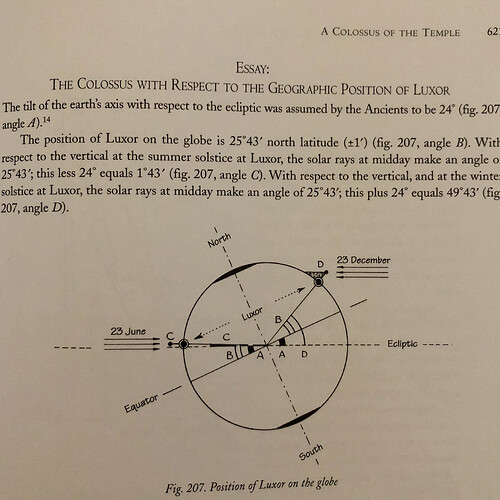
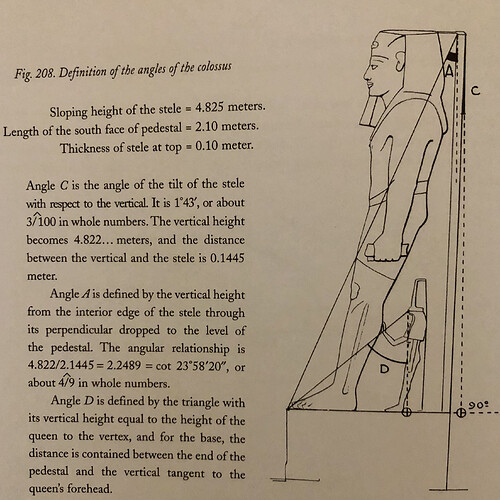
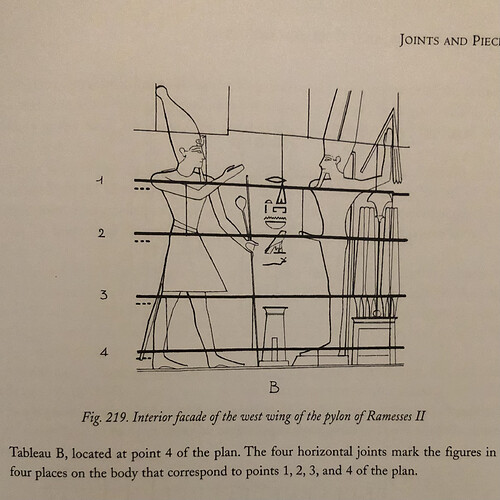
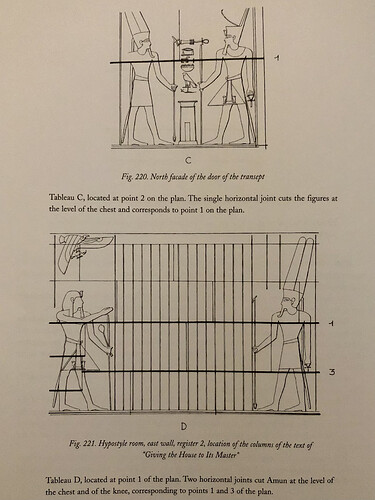
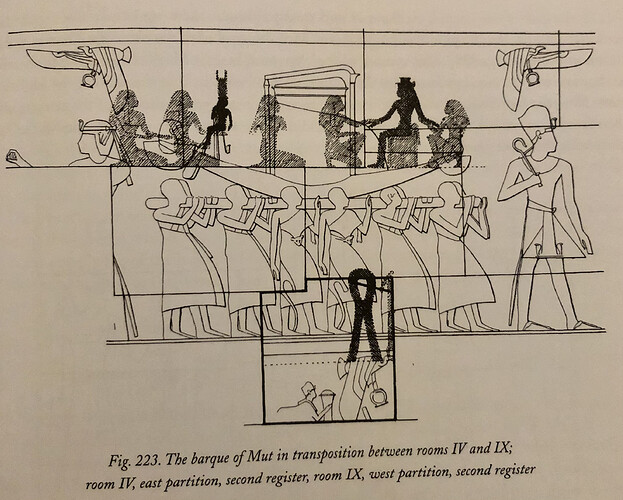



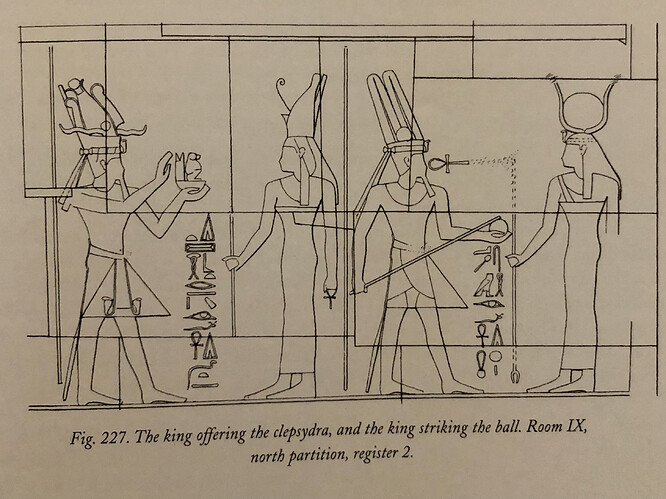
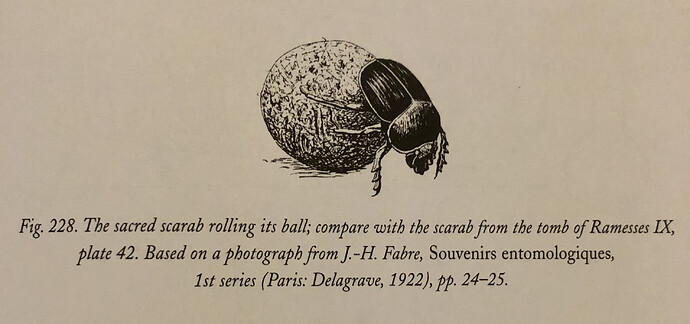
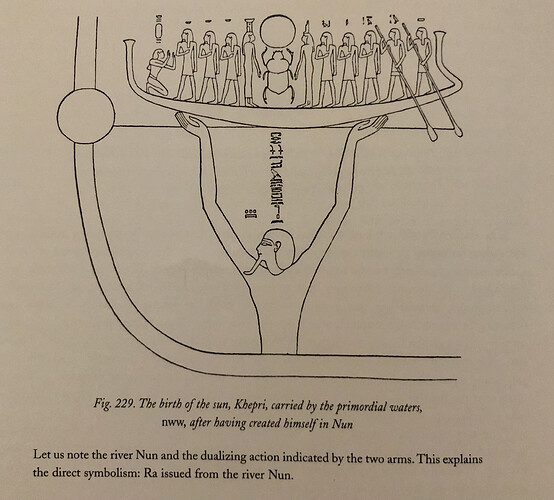
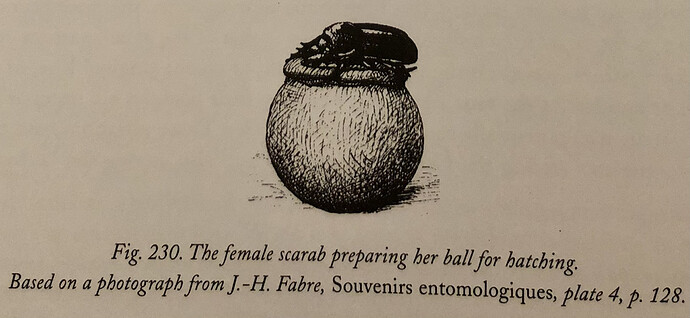
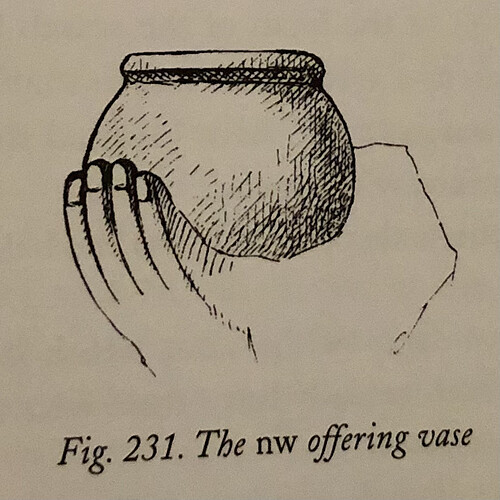

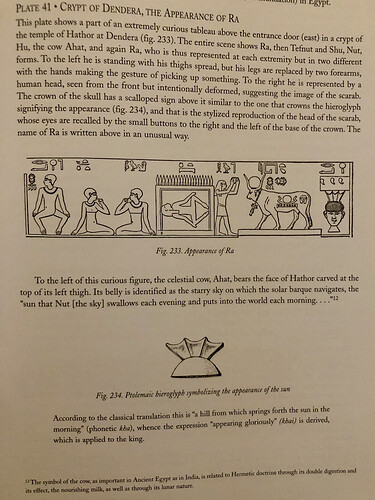
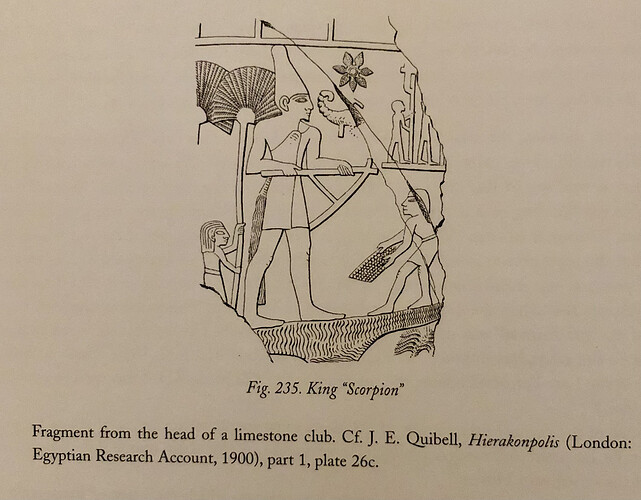
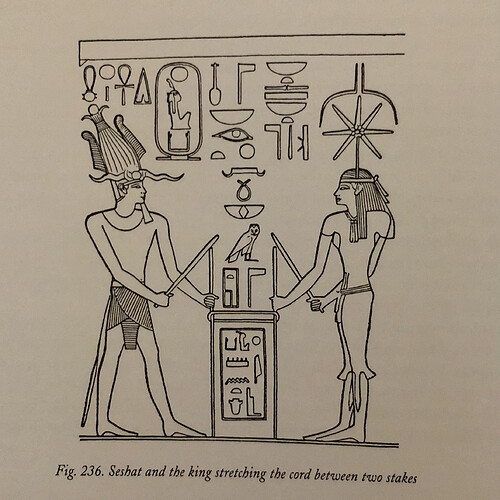

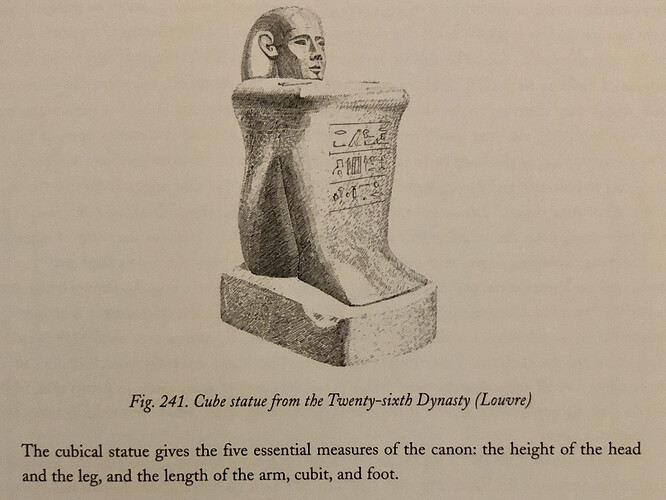


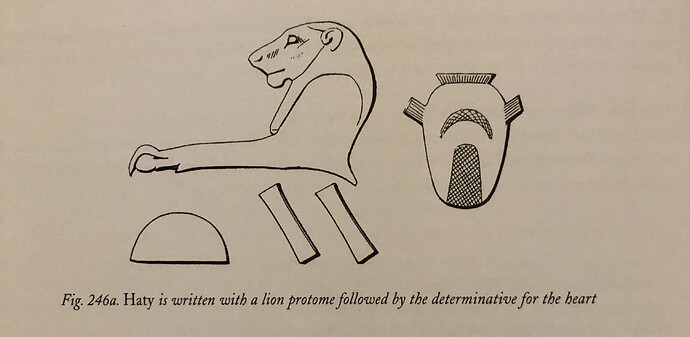
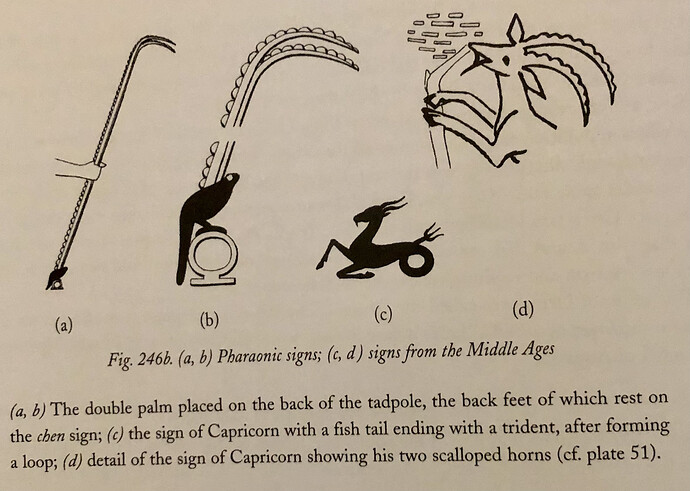
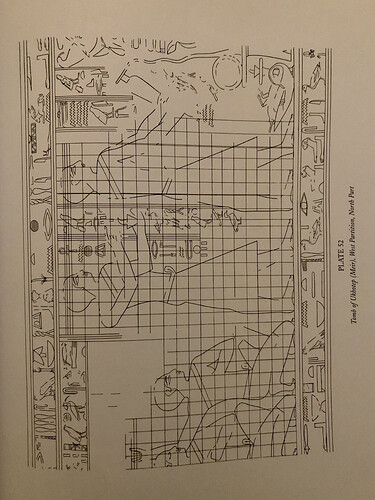

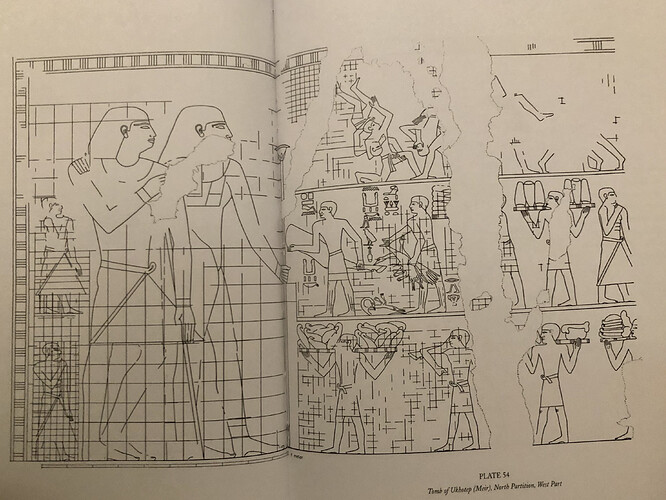

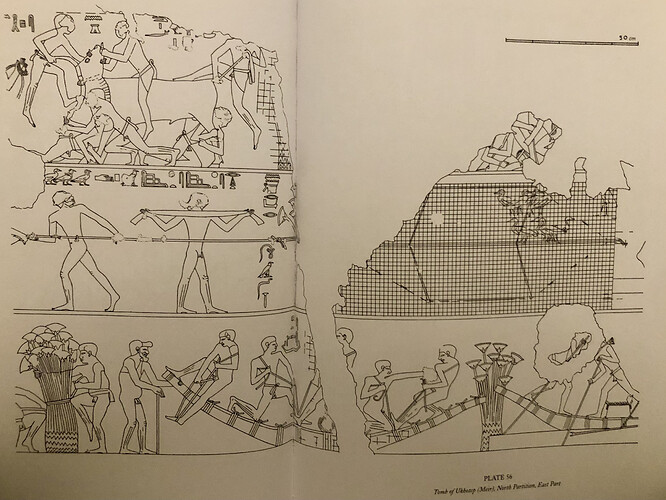


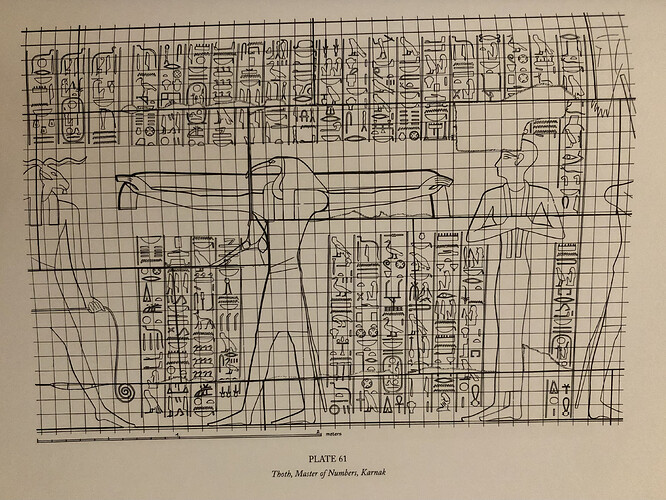
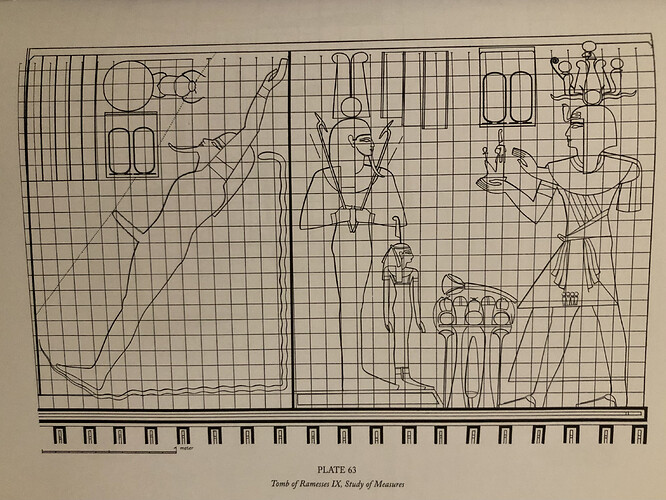

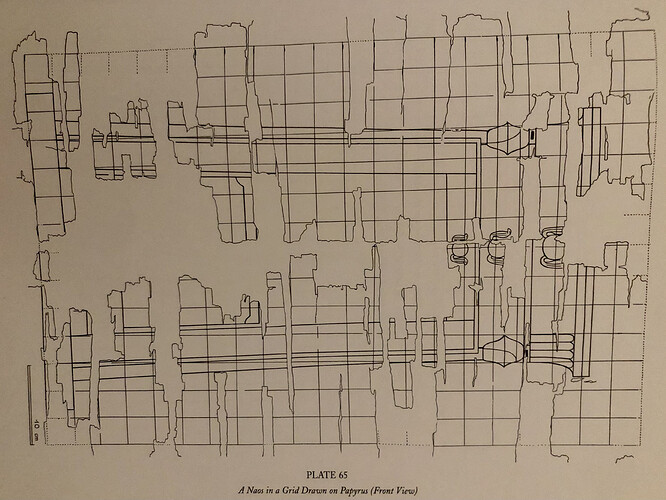
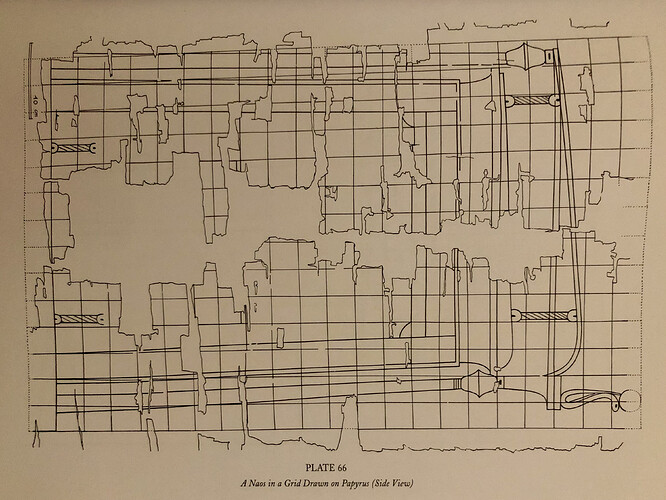
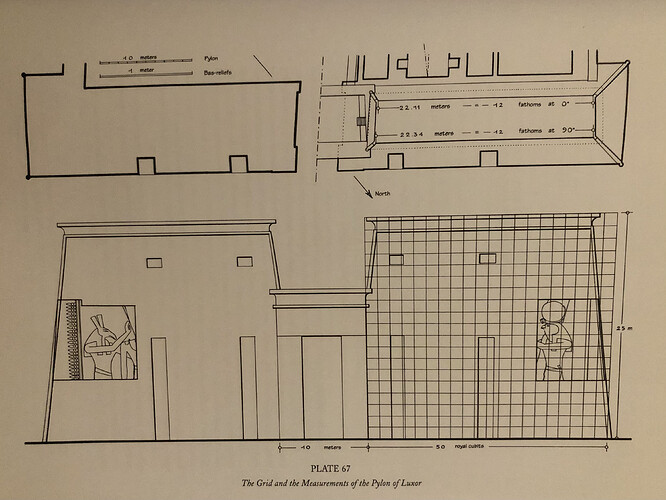
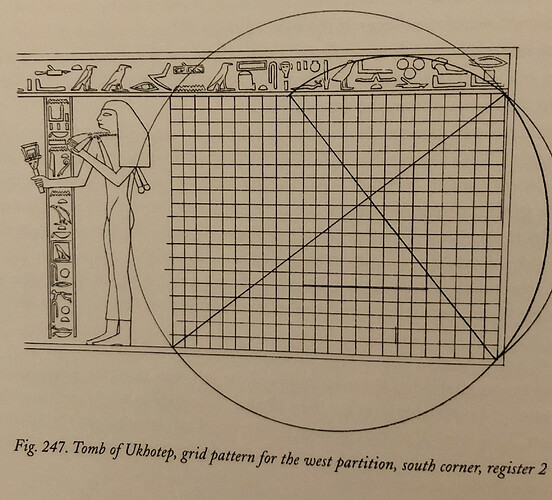
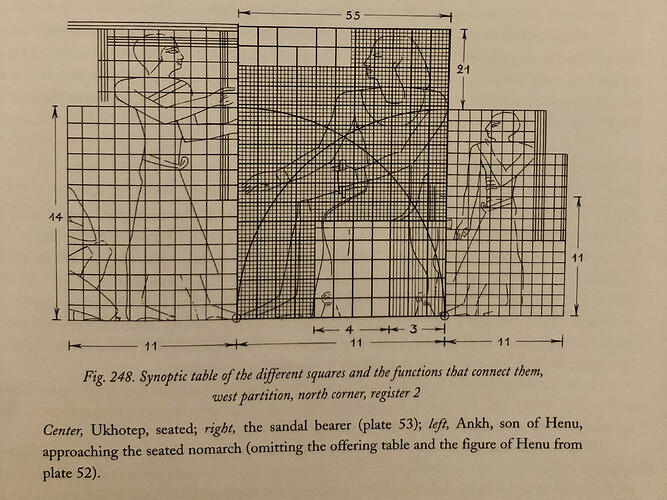
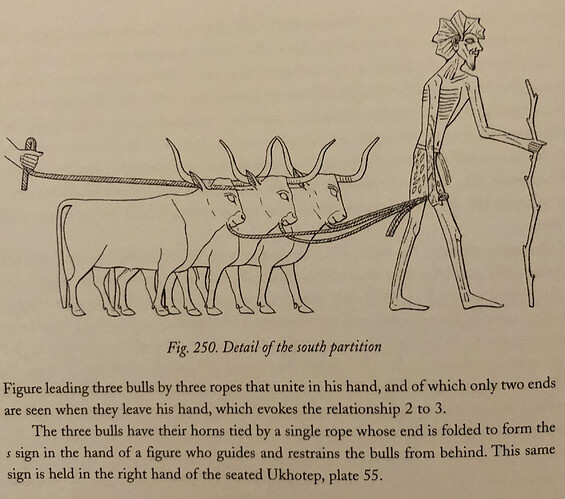
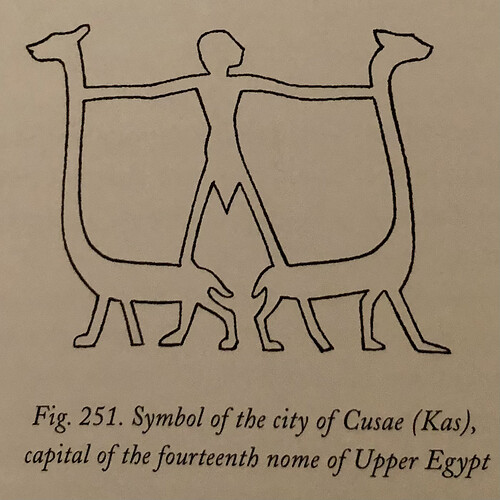
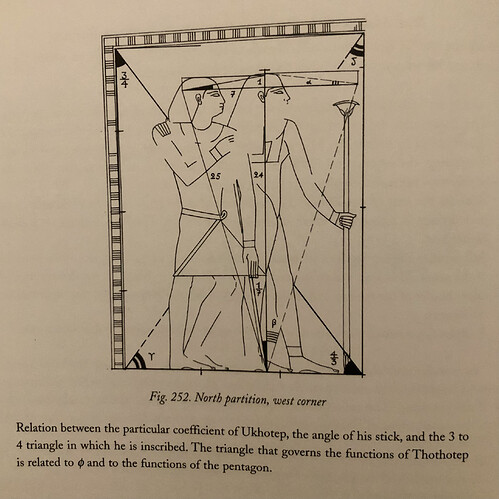
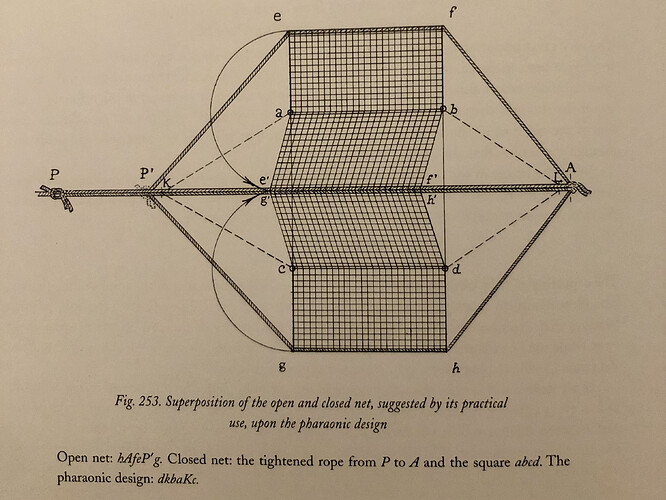
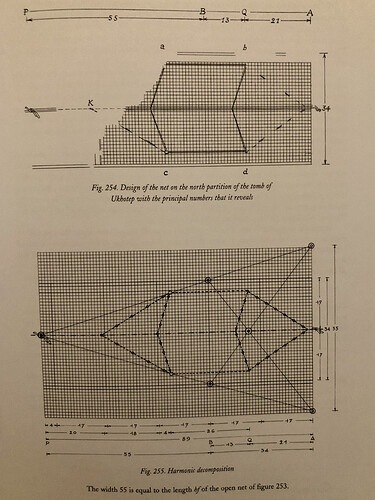

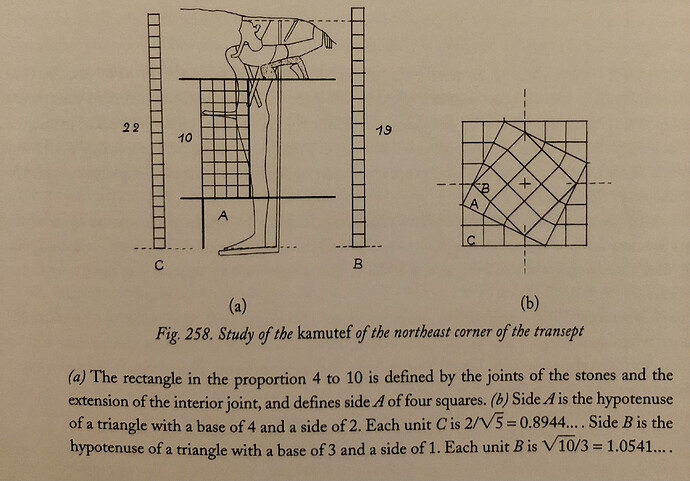

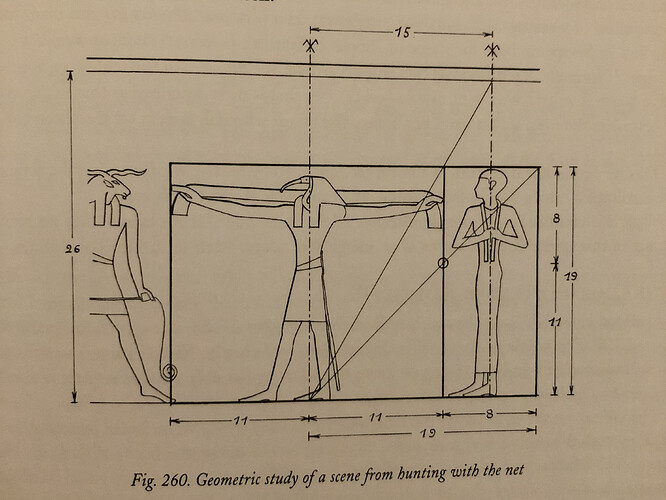
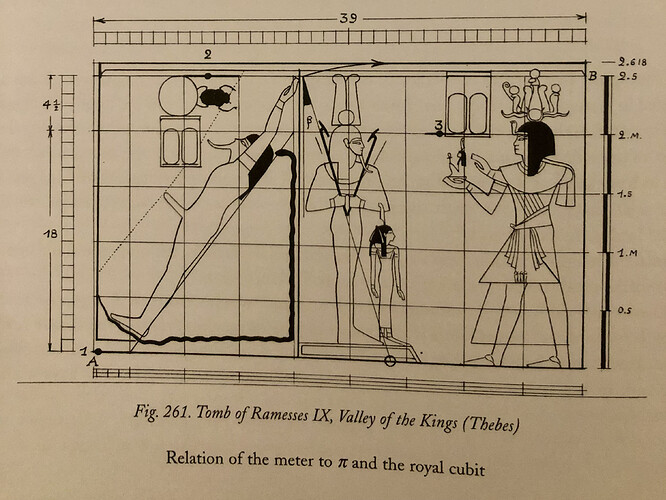
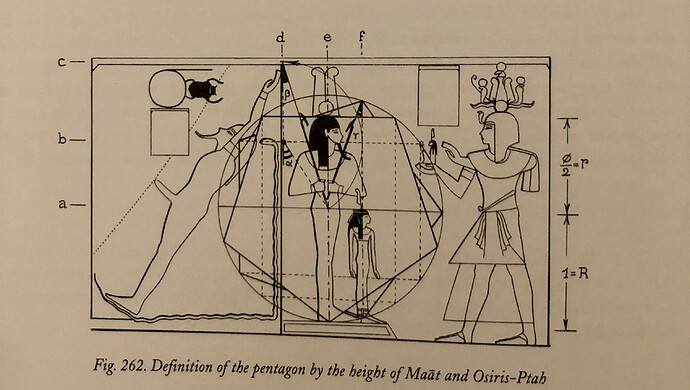
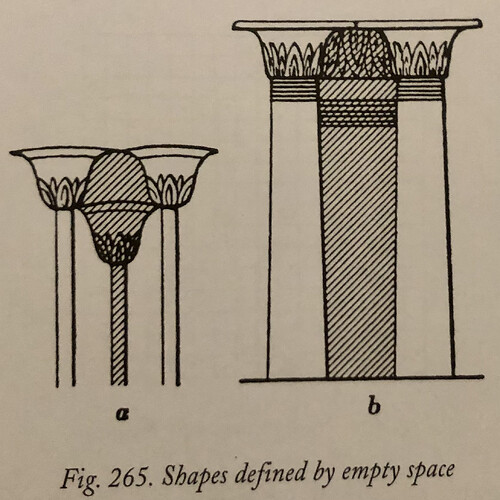
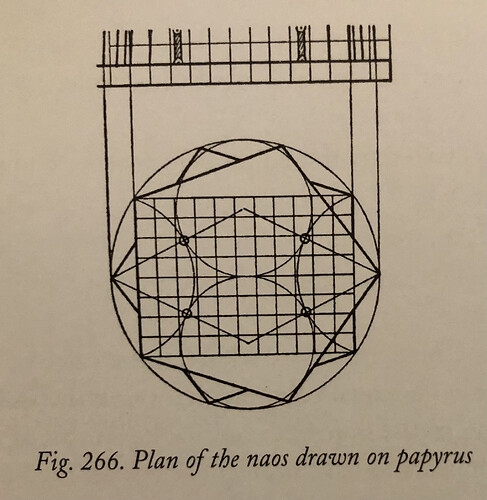


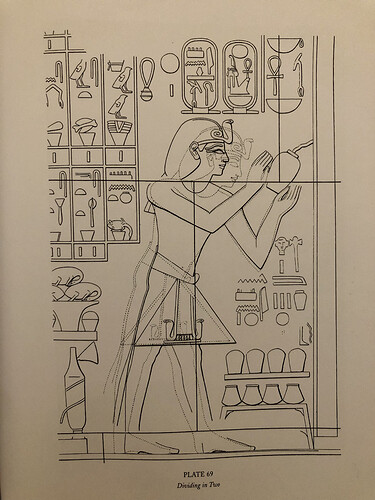


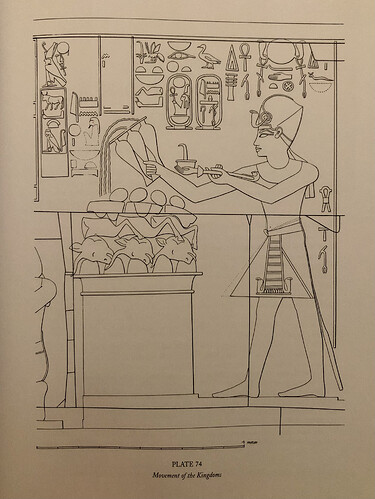
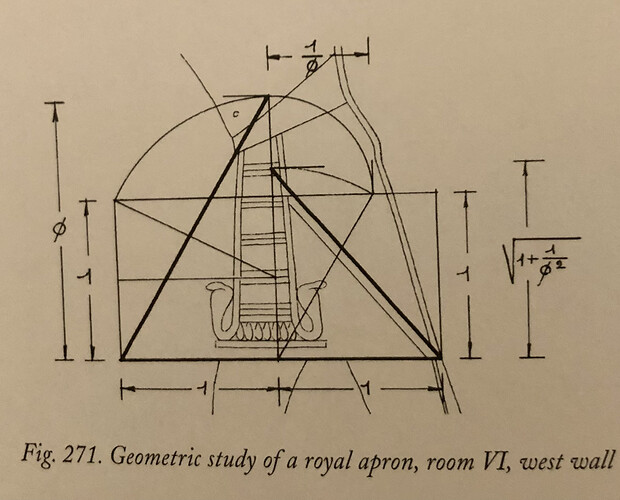

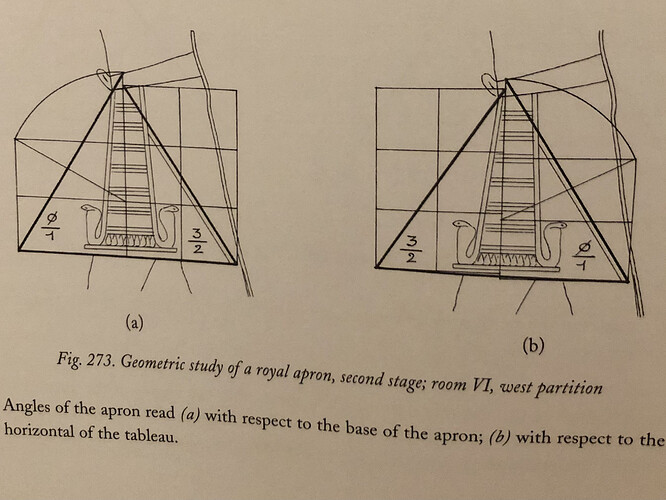
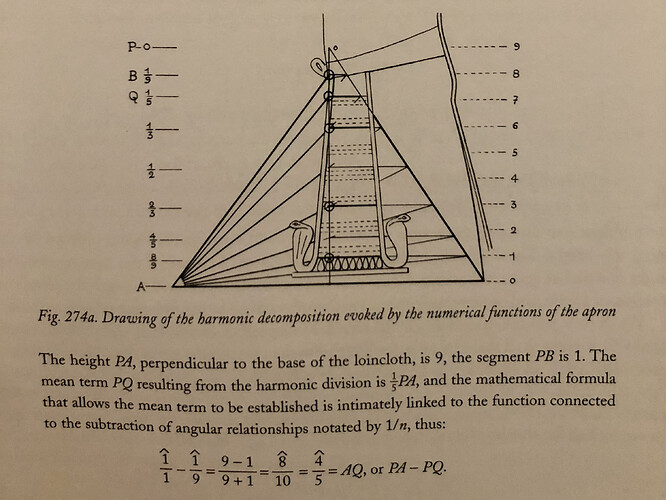
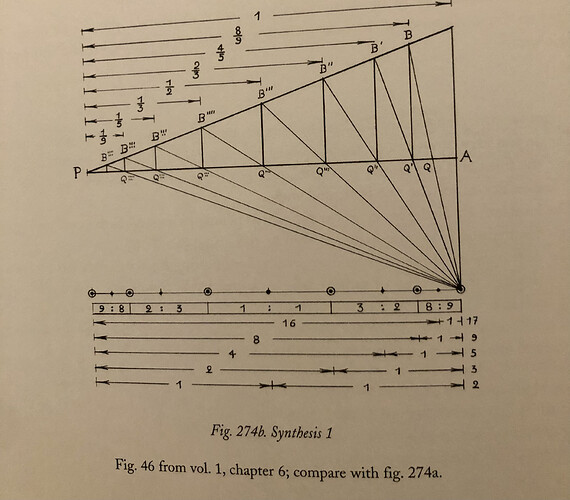

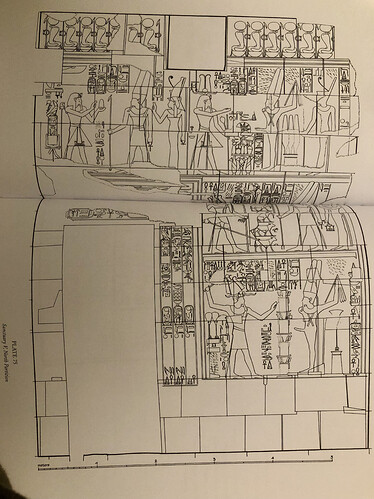
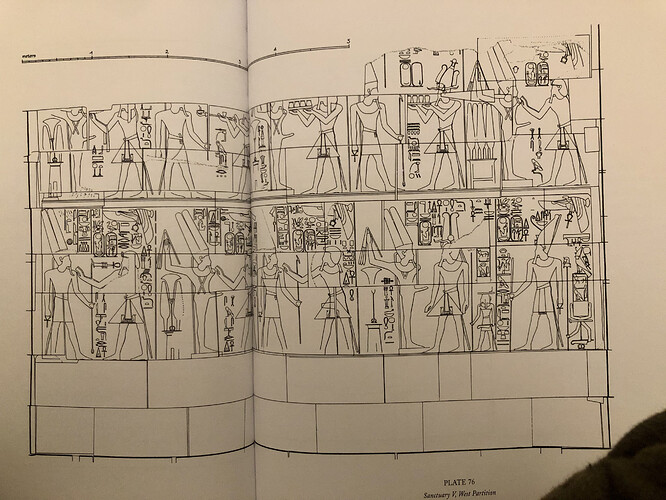
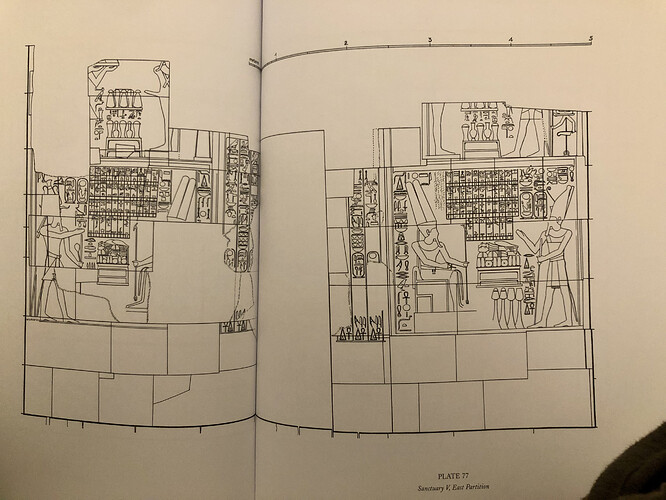
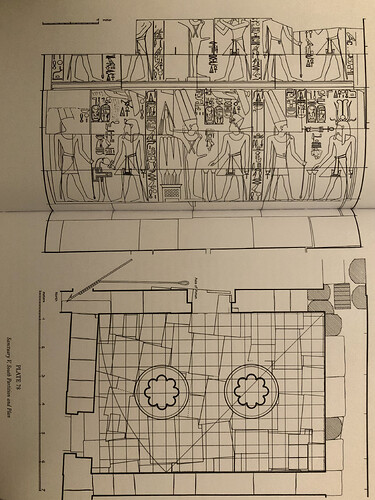
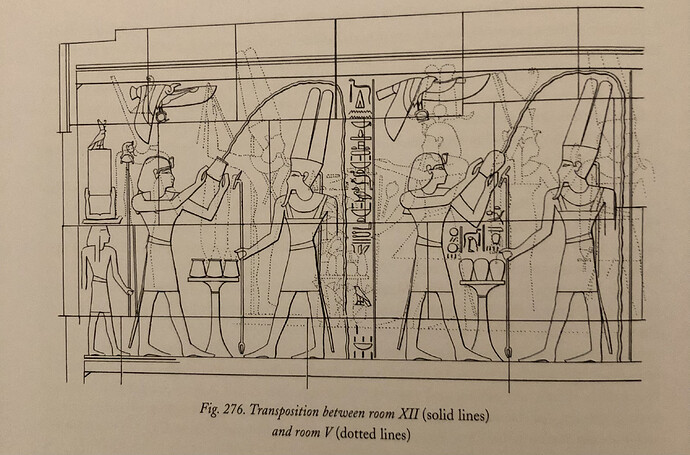
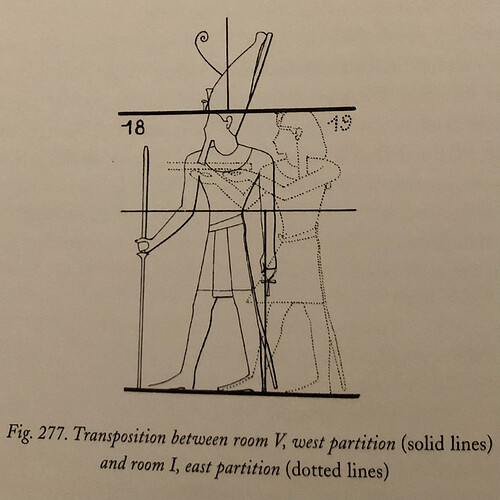
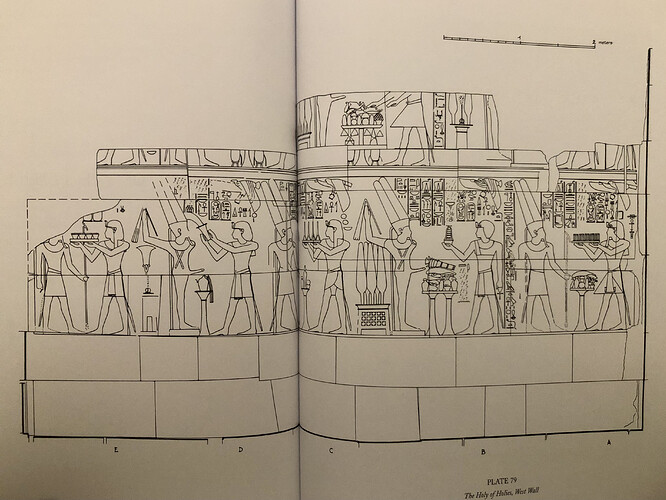
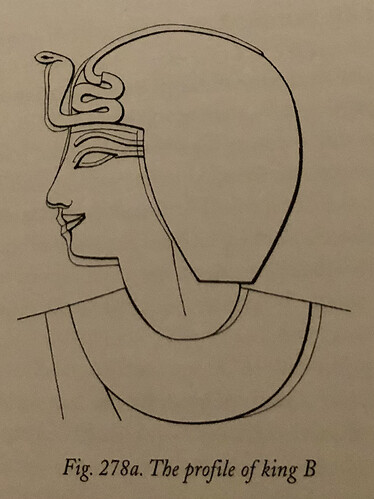
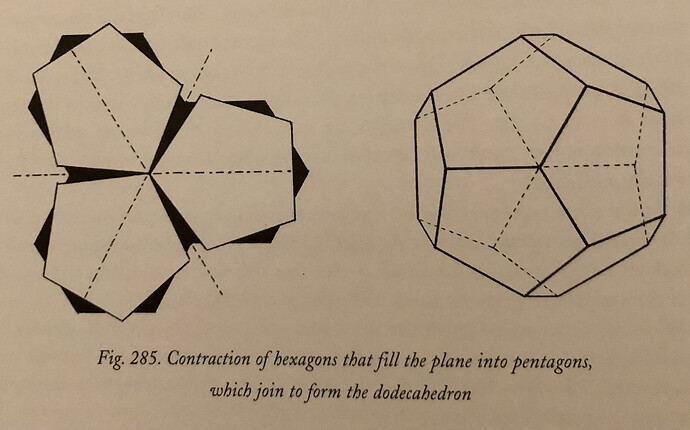

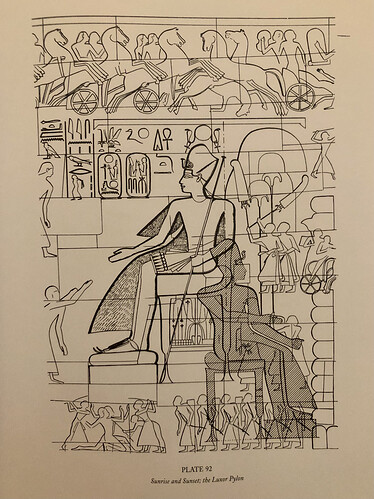
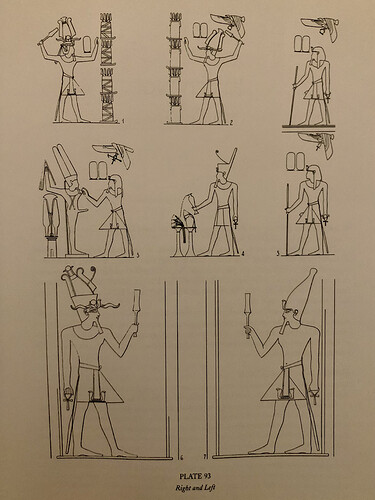
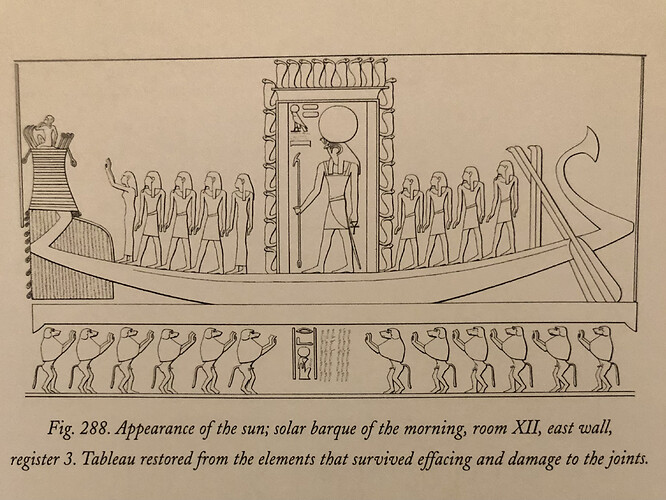
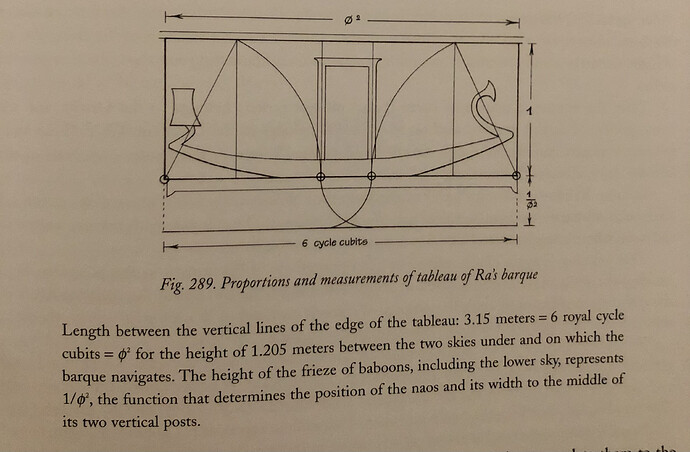
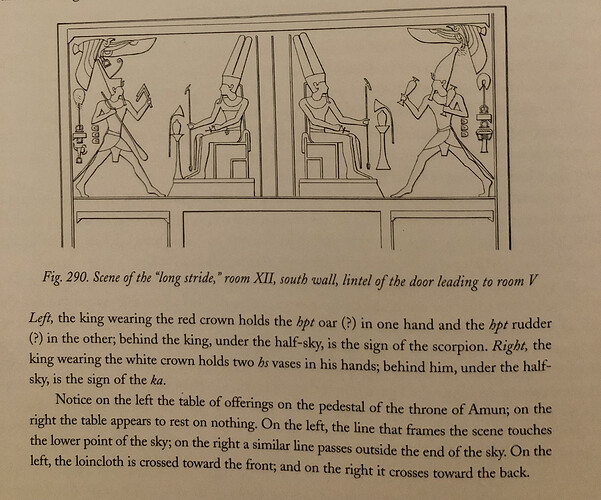
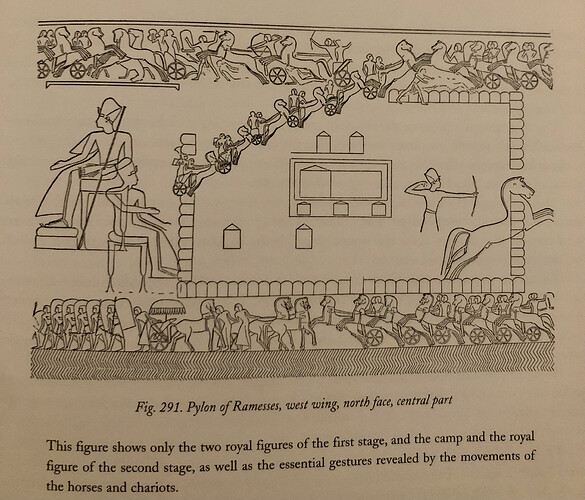
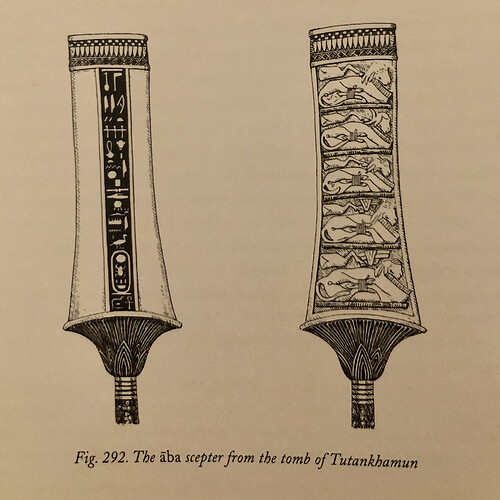
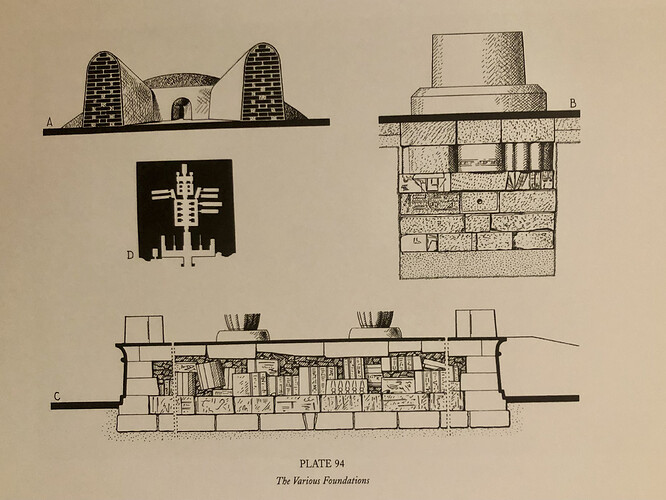
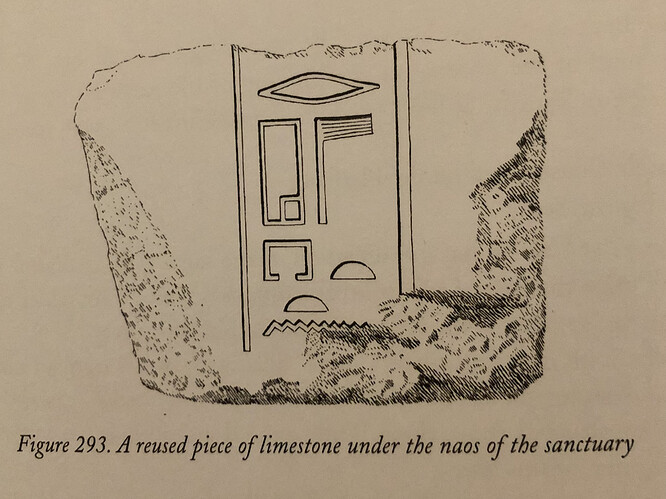

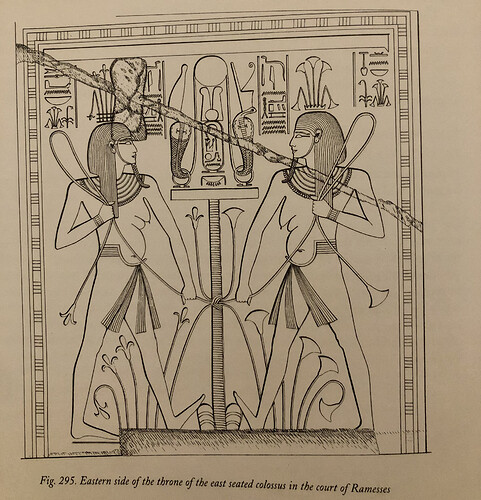


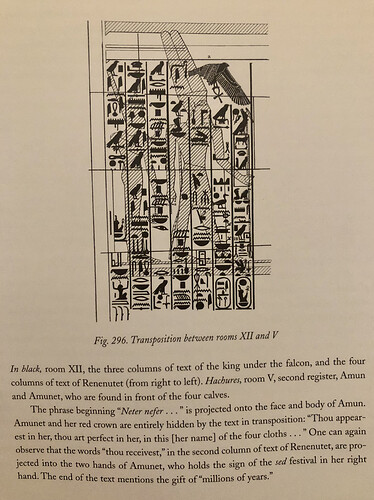

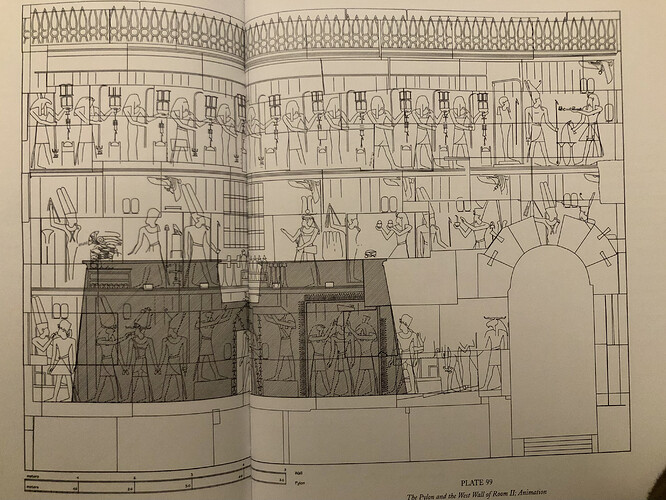

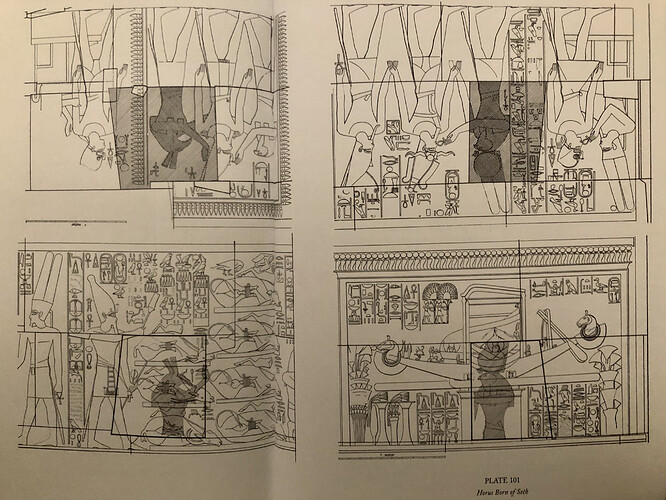
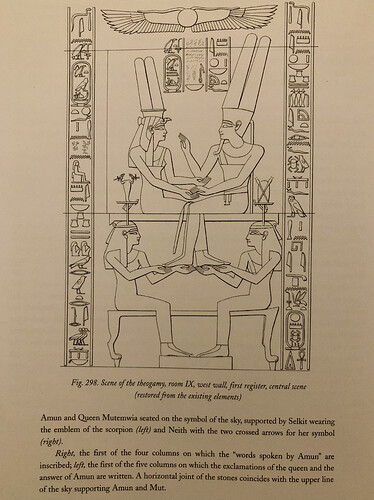

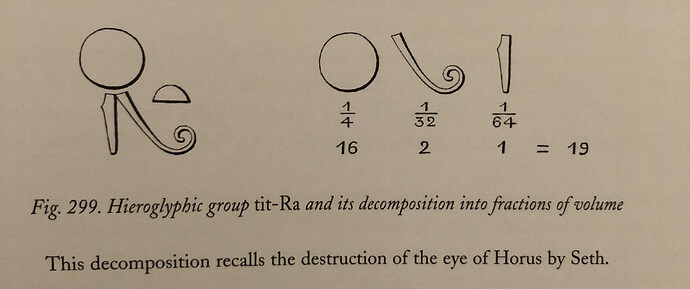
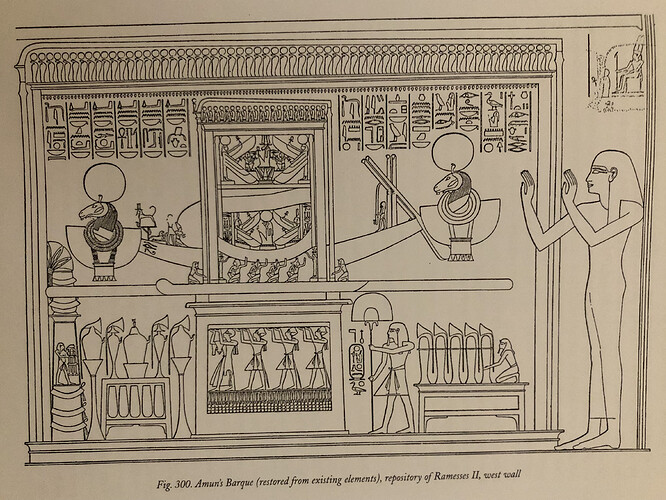
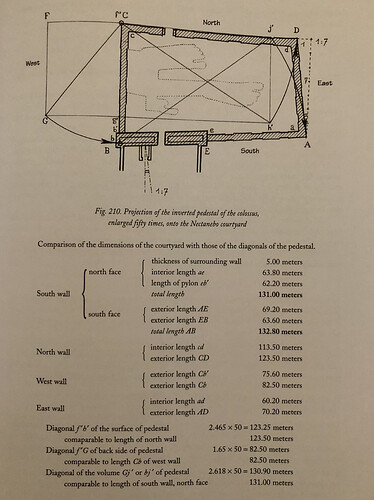

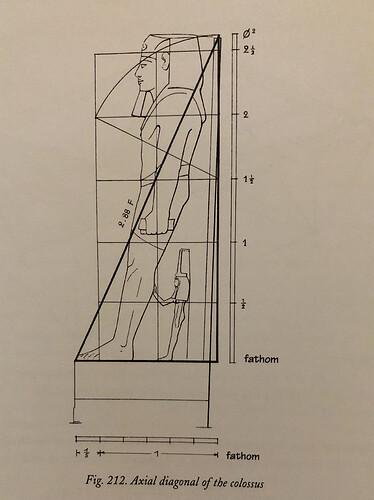

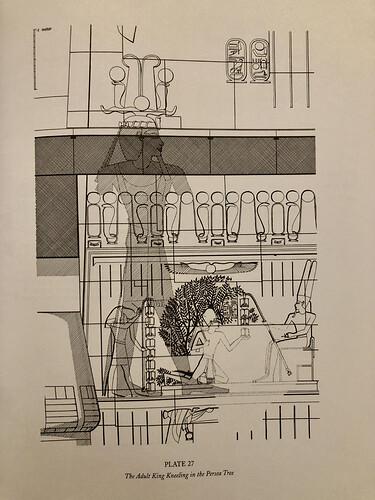

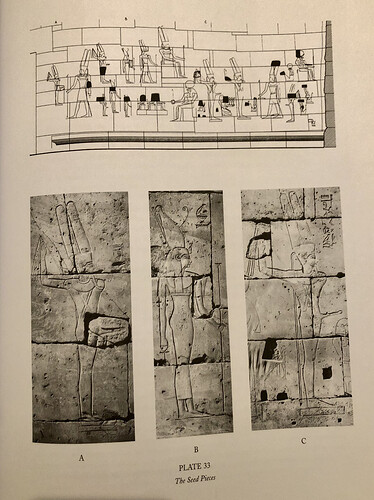






 side of self told the group not so much more then to sense in this picture
side of self told the group not so much more then to sense in this picture







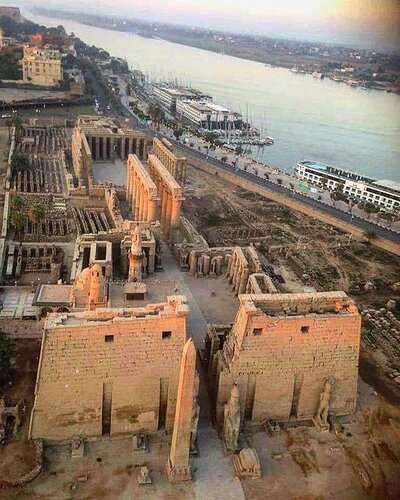
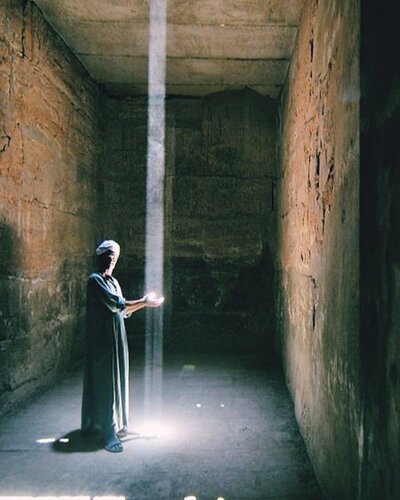

 After reading this I find myself so grateful for having been included in this Luxor Group. Thank you (again)
After reading this I find myself so grateful for having been included in this Luxor Group. Thank you (again) 